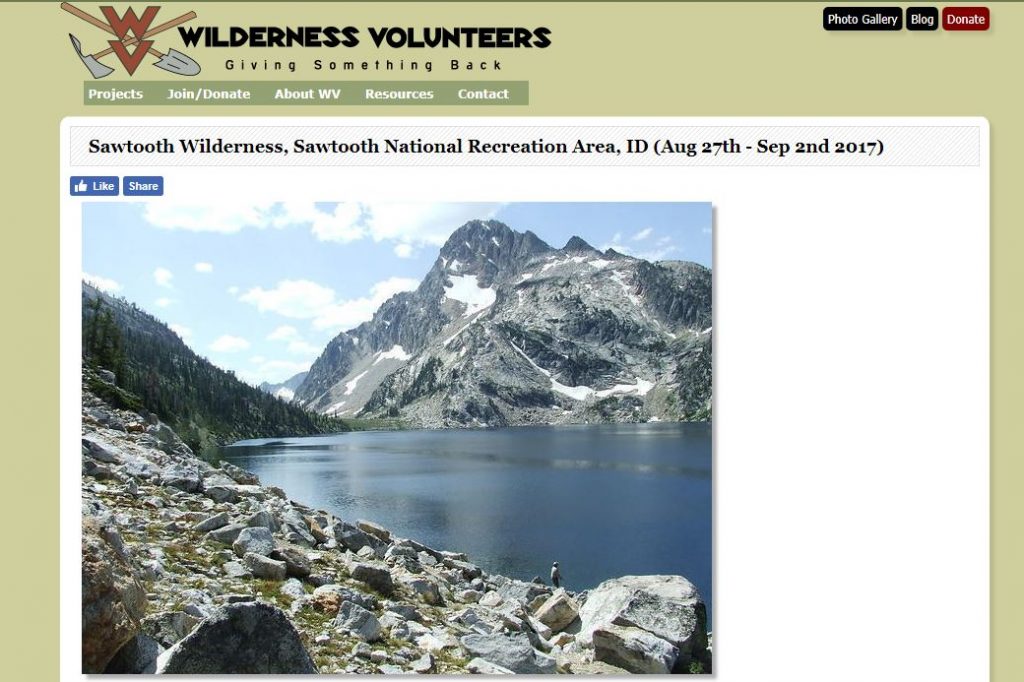

About Wilderness Volunteers: https://www.wildernessvolunteers.org/about-wv.html
The Project:
Central Idaho’s Sawtooth National Recreation Area and Sawtooth Wilderness are known for the rugged grandeur of their soaring 10,000 foot peaks, flowery mountain meadows, crystal clear lakes, towering alpine forests, and abundant wildlife, including elk, mountain goats, black bear, wolves, wolverines and pikas! Backpacking and hiking are spectacular in this country, and trout fishing is exceptional in backcountry lakes and streams. Our journey will begin at the beautiful Stanley Lake – just a few miles outside of the alluring mountain community of Stanley, Idaho. The area has several accessible hot springs, historic sites and other great places to play in and explore.
Our service project will be heavy trail maintenance in the remarkable Sawtooth Wilderness. We’ll set up a base camp at McGown Lakes at 8505’elevation after a backpack of 6.5 miles with pack support for tools, food and commissary supplies. Crew will camp at McGown Lakes and hike about a mile to project location on other side of 8,800’ pass. Most of the work will be focused on heavy trail maintenance and tread repair (Iron Creek – Stanley Lake Trail 640) above Sawtooth Lake, where the trail has sloughed in and become narrow and hazardous. Tread will need to be regraded to standard width with hand tools, rocks removed with hand tools and some rock wall constructed. If time permits Observation Peak Trail 614 which has not been maintained in several years will need heavy maintenance using a crosscut saw to clear downed trees, digging new trail tread, moving rocks, dirt and vegetation. Free time can be spent exploring the ever beautiful Sawtooth Wilderness – relaxing, fishing in alpine lakes, taking pictures, or setting off on a more strenuous hike to the secluded Trail Creek Lakes.
Additional Information: Crew will hike in about 6.5 miles from Stanley Lake Trailhead, or about the same distance from Iron Creek Trailhead. Pack stock will transport gear from Stanley Lake (6,500’) to the campsite at McGown Lakes (8,505’). This area was burned in 2003 by the Trailhead Fire. Iron Creek Trailhead (6.700’) and trail to Sawtooth Lake are the most heavily used access in the Sawtooth Wilderness, and for good reason – the spectacular alpine scenery is unparalleled! Expect hot temperatures and strenuous work on exposed mountain side with world class views. Water for the full day will need to be packed from camp.
This project is rated as a challenging project.
Challenging+
– Strenuous with longer backpacks, off-trail backpacks, sometimes with significant elevation changes. Also trips with camping and work at elevation, or canoeing with portages. These trips are very challenging and require excellent aerobic conditioning, past experience in outdoor settings and familiarity with backcountry camping. Challenging projects are not for beginners.
We highly recommend that those coming from low elevation (anything below about 5,000 feet) plan an extra couple days in the area before the trip to acclimate to the elevation for your own safety. Altitude sickness is a concern when traveling from low elevation to high elevation and getting acclimatized before the trip is one of the easiest ways to prevent it. If you need ideas on things to do/see before the trip contact your leaders.
Who can Volunteer? https://www.wildernessvolunteers.org/who-can-volunteer.html
WV Leaders for this Project
Aidalicia Swertfeger
is vying for that “life less ordinary” as she attempts to merge her zest for the outdoors with her technical education in communication design. Growing up in the foothills of the Sierras, Aidalicia lived for winters snowboarding in Tahoe, something she misses greatly. Having moved to Austin, Texas to complete her degree, she has realized she needs texture and pitch in her horizon. Planning on a Pacific Northwest relocation, she’ll continue on as a runner, an IPA girl, an avid solo traveler, a thru-hiker and a practitioner of minimalism.
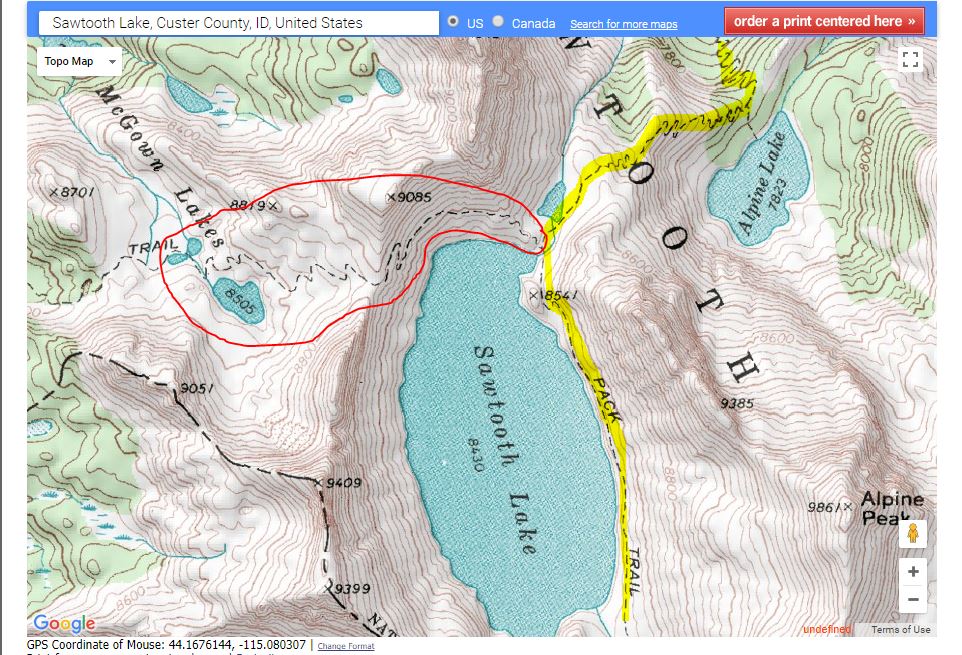 The project trail is indicated by the area circled in red.
The project trail is indicated by the area circled in red.
 The Trail to the camping and work area was from the Iron Creek Trail-head, to Sawtooth’s lakes southern end. This is the second most popular trail in the Sawtooth area and is utilized by hikers, back packers and their pets!
The Trail to the camping and work area was from the Iron Creek Trail-head, to Sawtooth’s lakes southern end. This is the second most popular trail in the Sawtooth area and is utilized by hikers, back packers and their pets!
Back Country Horsemen of Idaho – Squaw Butte Chapter volunteered to provide packing support for this project working with the Wilderness Volunteer leaders and the Sawtooth Ranger District.
From: Dorr, Jay -FS
Sent: Friday, August 25, 2017 09:06
To: Zoe Putter ; Rob Adams
Cc: Caitlin Frawley -FS; Dean, Liese -FS
Subject: RE: McGown Peak – Pack Support Project – August 26 – September 2
Stanley Lake drainage is still closed for fire and crew did not finish cutting out trail to McGown from that side.
Plan to go in from Iron Creek and camp at Sawtooth Lake.
I would rather not send pack string up that trail with all of the foot traffic it gets or have crew camp at Sawtooth Lake with all of the other use it gets. There is usually lots of traffic on Labor day weekend.
That is our best alternative with the fire in Stanley Lake drainage. Crew can work on original project. If they finish and have time, they can work around Sawtooth Lake and down North Fork Baron a ways. They can make some repairs in narrow spots along Sawtooth Lake. There are a lot of rock to remove from trail going that way.
If there are not campsites at Iron Creek Campground, there are undeveloped sites back down road.
Horse trailer parking may be difficult when Rob comes back to pack out camp. He may have to park a ways back down road.
I have been away working on other parts of forest and have not had email access until this morning. Caitlin is working on fire for a few days.
Please get word out to crew on change of meeting location and access. Sorry for short notice but fires are never convenient.
Have a great trip,
Jay
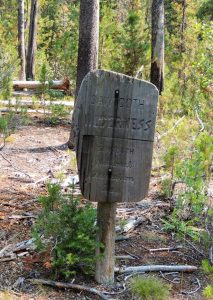 BCHI
BCHI
On Saturday August 26, members Terry & Gail MacDonald, Jon & Dianne Seel, Laurie Bryan, Janelle Weeks, Lisa Griffith, Shelly Duff, Janine Townsend and Rob Adams meet at Stanley lake camp ground to work with the rangers and WV volunteers getting their 130 pounds of tools and their food and kitchen up to the work site at Sawtooth Lake. Caitlin Frawley was the ranger who would be working along side the WV volunteers and was our contact for this effort. On Sunday morning Caitlin delivered the tools, food, kitchen and other equipment to our camp site.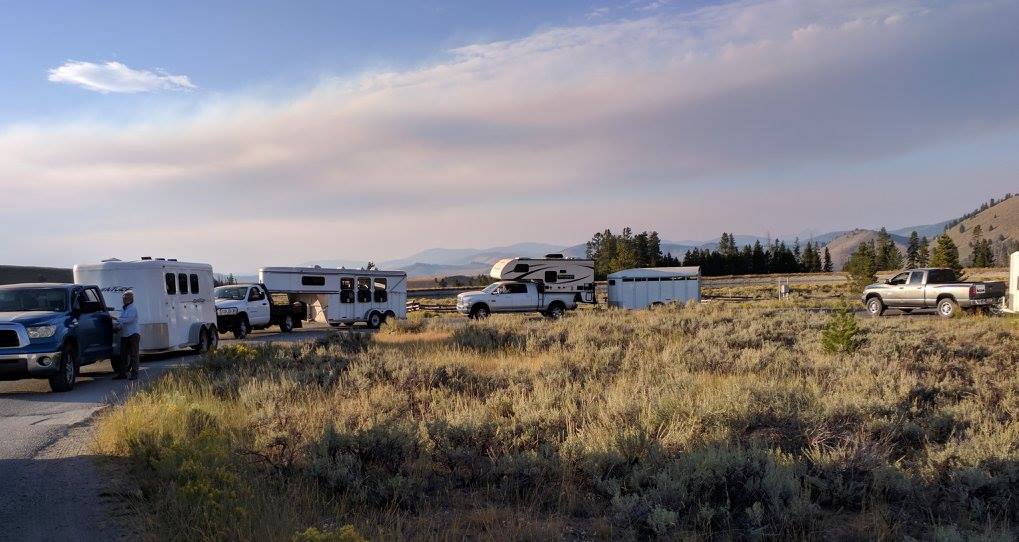 We had scouted the Iron Creek trail head and determined we didn’t have suitable parking for all the trailers so choose to take the Alpine Way trail from Stanley lake over to Iron Creek, making the ride to the camp site and back 22 miles. After getting packed up we started out from Stanley lake and made pretty good time up the steep and little traveled trail. At mile 6.5 we started encountering downfall and at mile 7 two dangerous creek crossings. At this point it was getting late and we turned around to give it a try the next day from the Iron Creek Trail-head.
We had scouted the Iron Creek trail head and determined we didn’t have suitable parking for all the trailers so choose to take the Alpine Way trail from Stanley lake over to Iron Creek, making the ride to the camp site and back 22 miles. After getting packed up we started out from Stanley lake and made pretty good time up the steep and little traveled trail. At mile 6.5 we started encountering downfall and at mile 7 two dangerous creek crossings. At this point it was getting late and we turned around to give it a try the next day from the Iron Creek Trail-head.
Laurie Bryan August 28
Packing supplies in to a wilderness trail crew at Sawtooth Lake. The first day got a little rough and two of the guys had to bailed on us. Regrouped the next day minus the two. The next day and a different route, five women, 11 horses, 1 mule and Rob made it to the lake without incident. The “G” in Girl Power now stands for “Get ‘er done.” Laurie took most of the pictures on this project
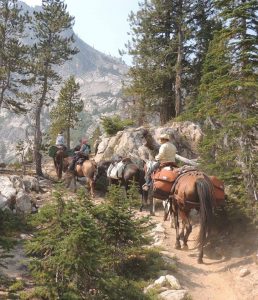
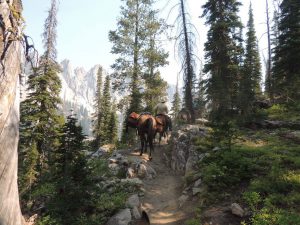
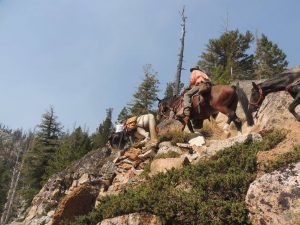
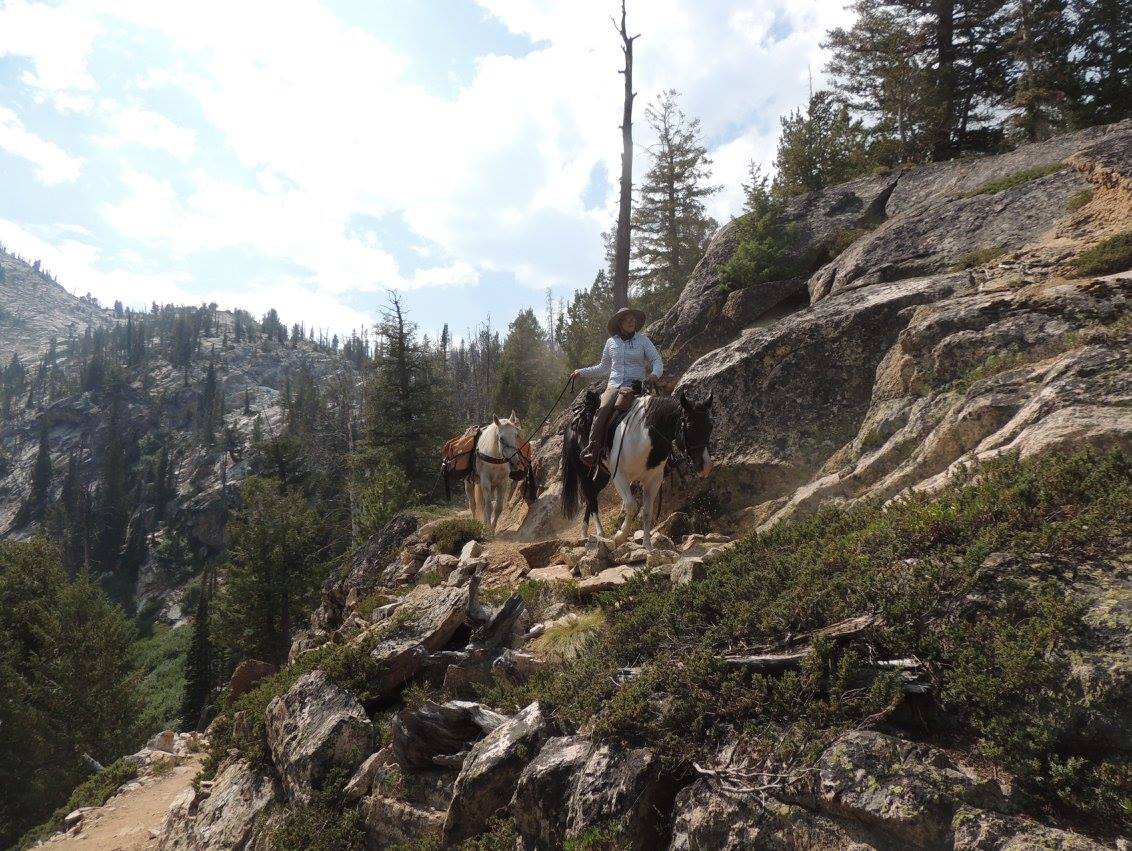 Janelle, Decaf and Tucker
Janelle, Decaf and Tucker
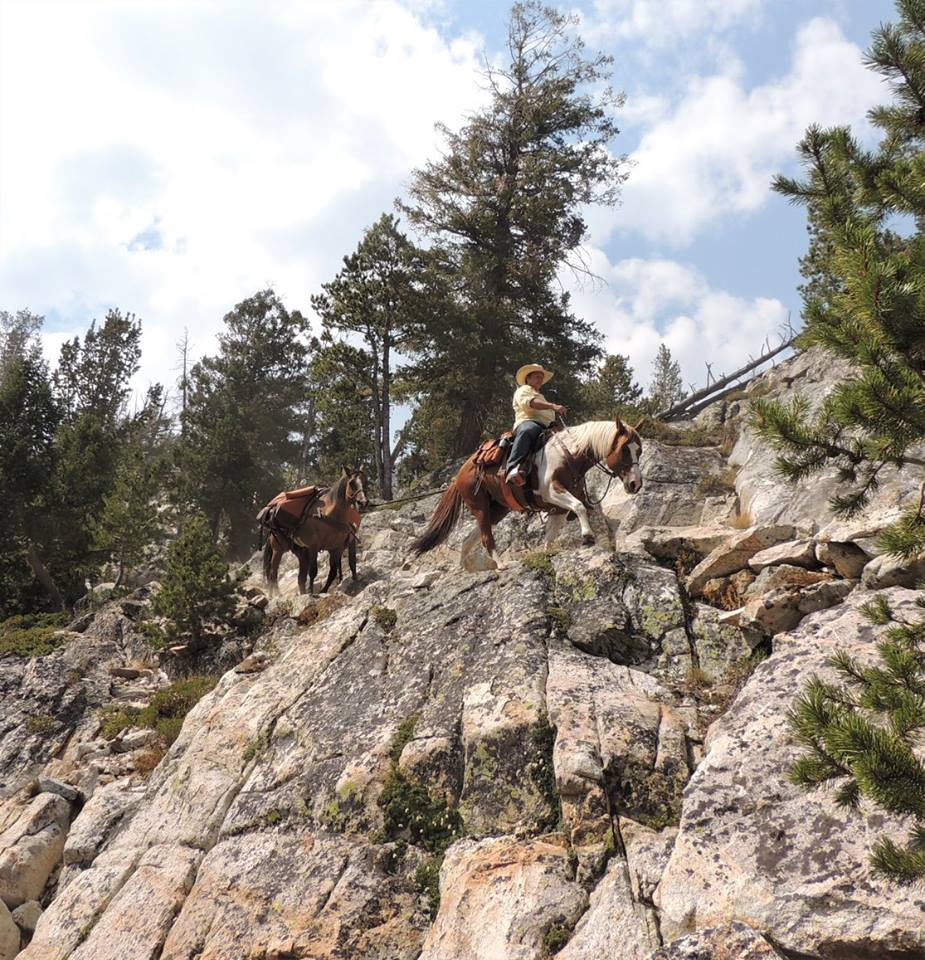
Laurie Bryan August 28 ·
Shelly rounding “Oh Shit Drop.” I have no idea what’s it’s called – but that’s what I’m calling it. Pictures do not do this section justice – besides – I’m trying to shoot pictures and trust that Jack isn’t going to plumet to our death off these sheer faces. The most wicked trails I’ve been on I think. Absolutely beautiful. I would love to take some of the folks who scoff at “trail horses” for a little hike on these trails. I think their opinion of “just a trail horse” might change.
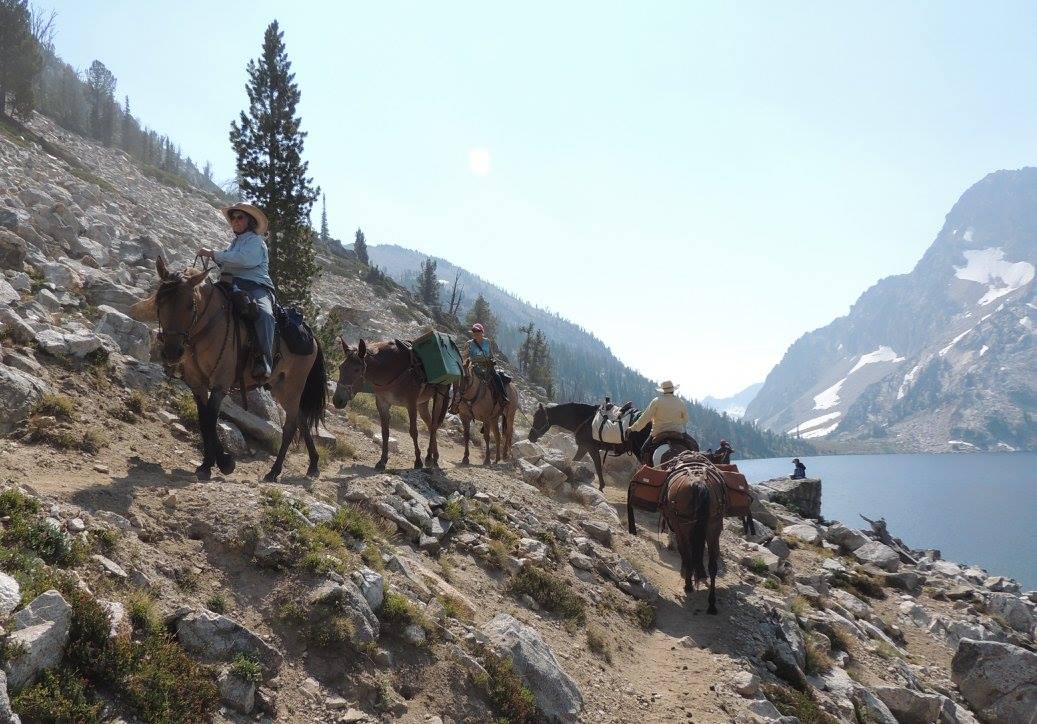
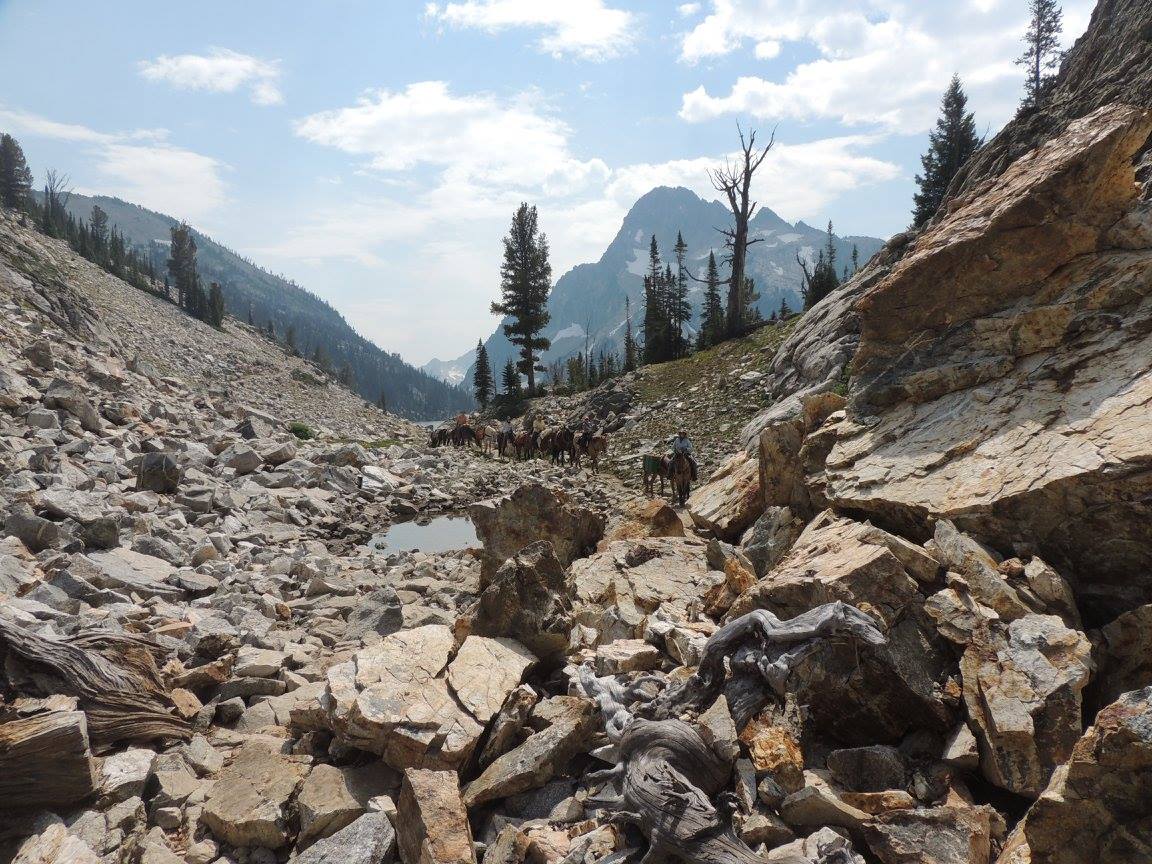
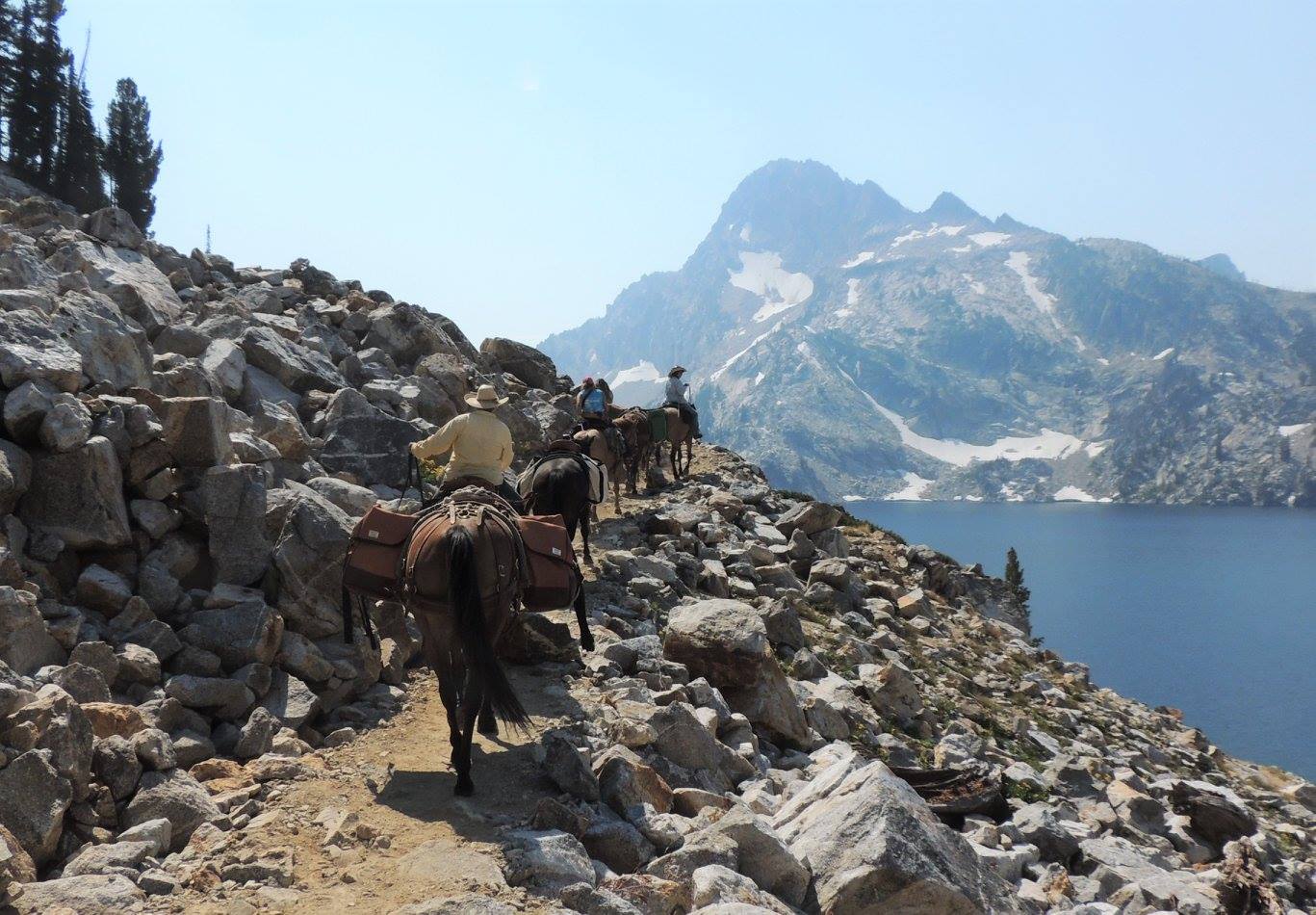
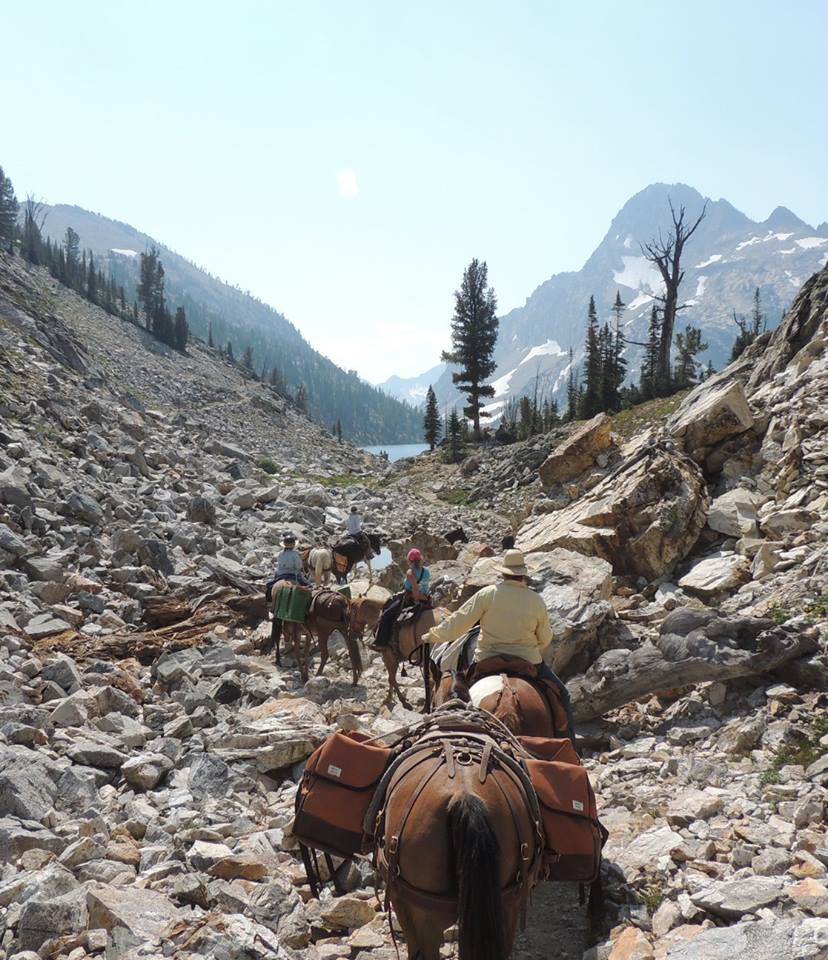

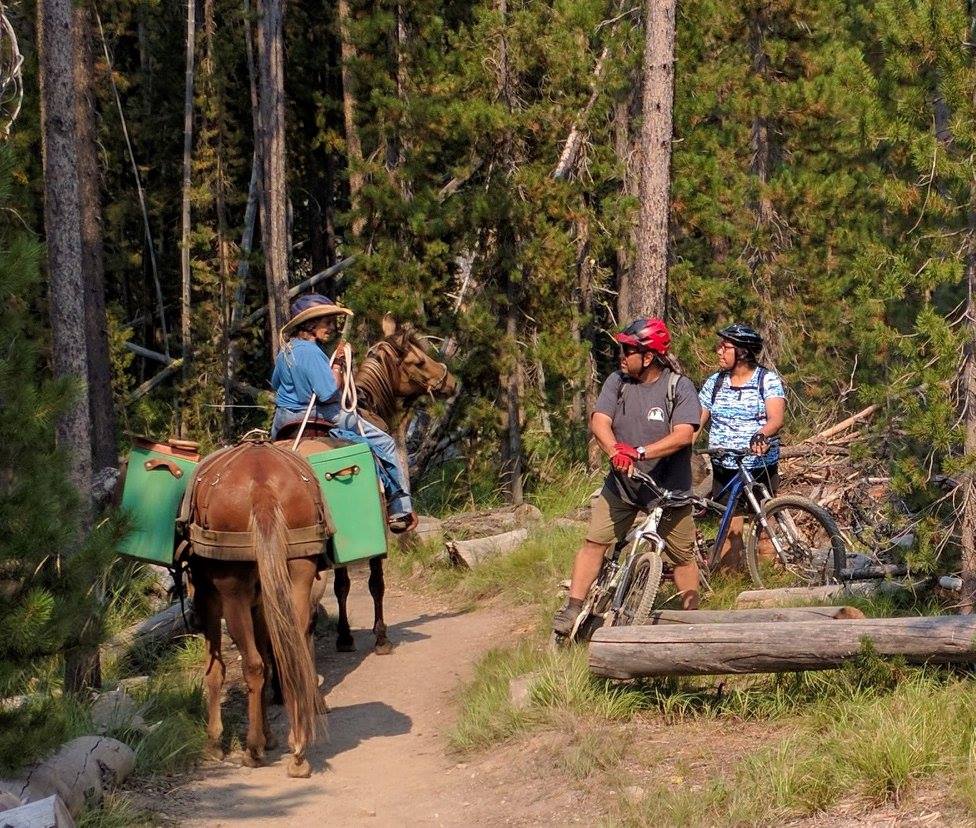 Janine talking to some of the many trail users we met while packing for this project, with very few exceptions each encounter went well, with the other users very interested in what we were doing and the stock. Lots of pictures of us were taken.
Janine talking to some of the many trail users we met while packing for this project, with very few exceptions each encounter went well, with the other users very interested in what we were doing and the stock. Lots of pictures of us were taken.
On September 2nd, Janelle Weeks, Lisa Griffith, Shelly Duff and Rob Adams returned to Sawtooth lake with five pack stock and packed out the crew.
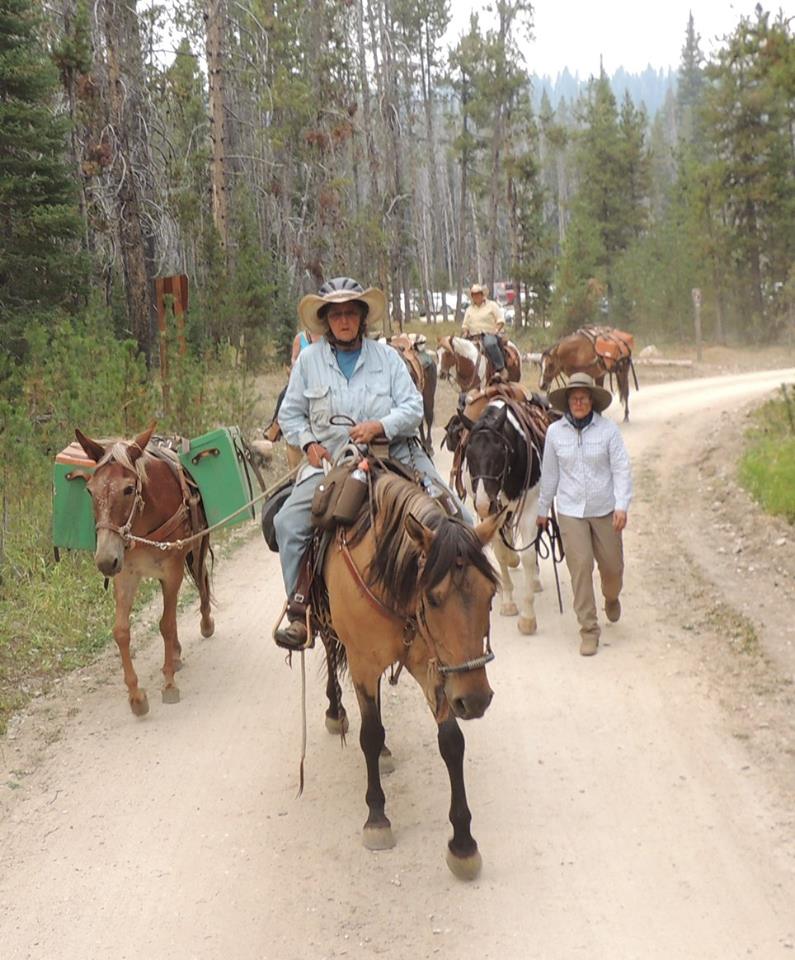 See More Pictures
See More Pictures
Movie made by Janelle
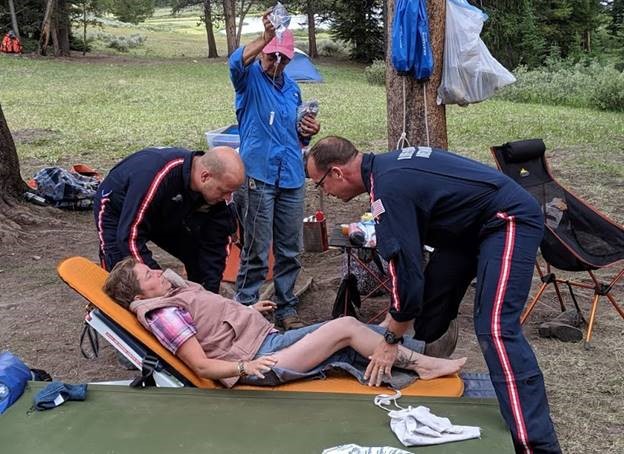

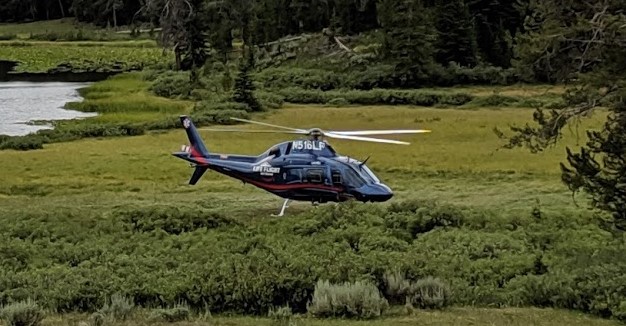
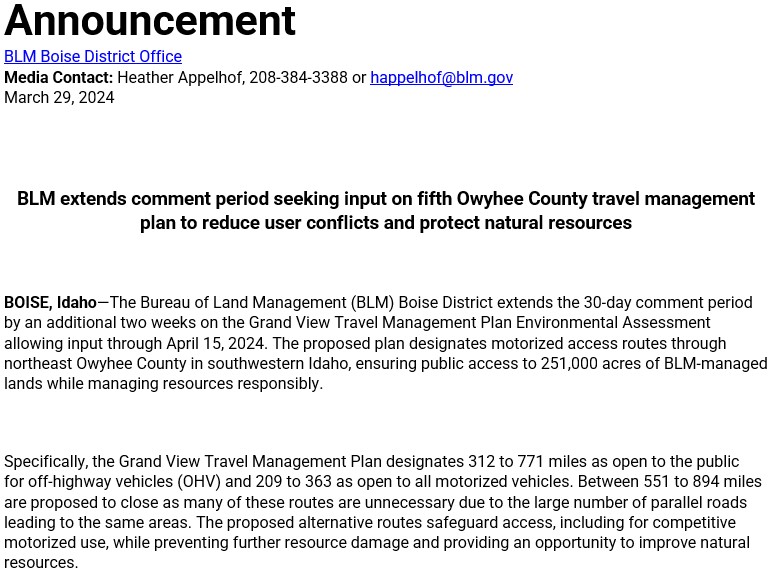
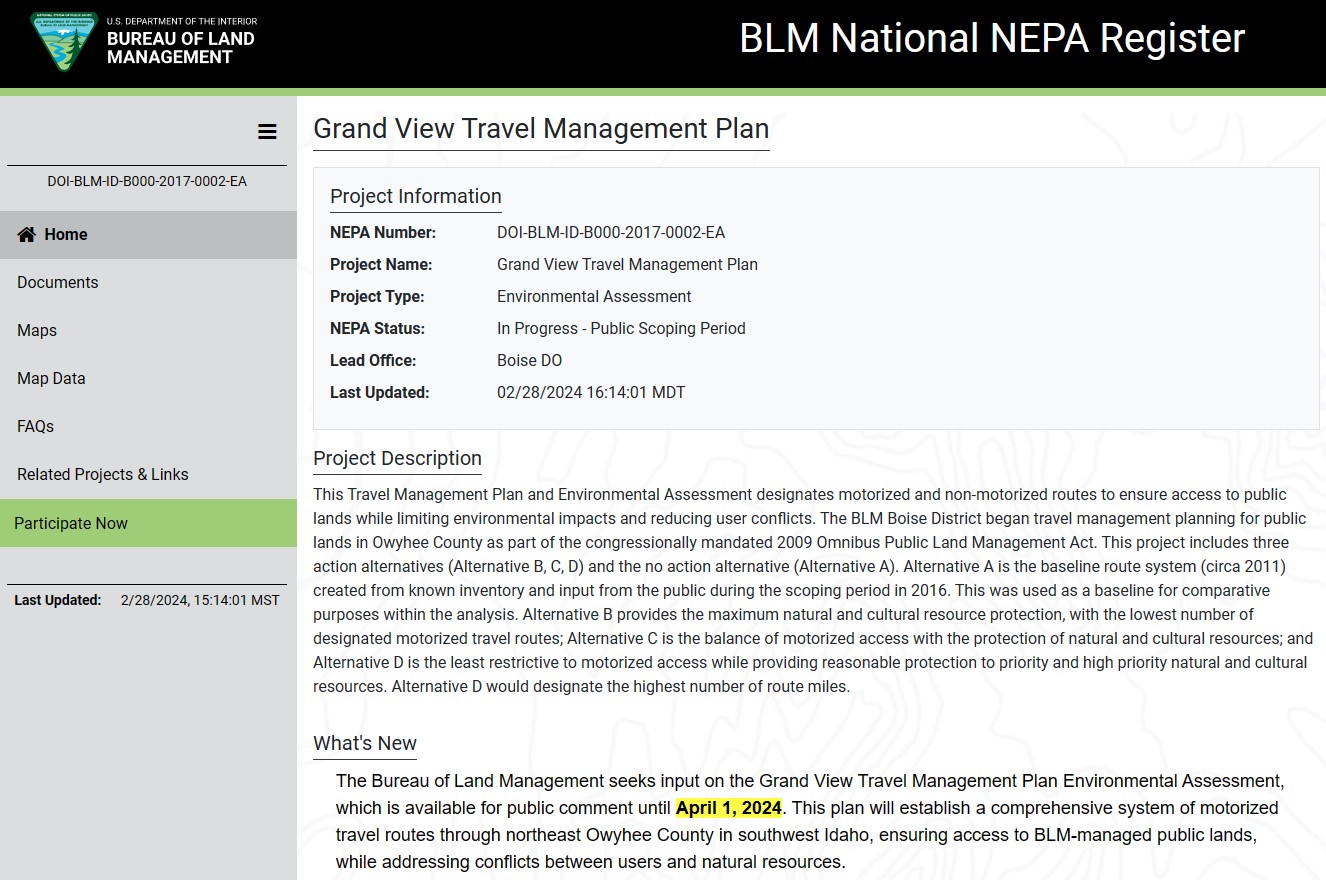
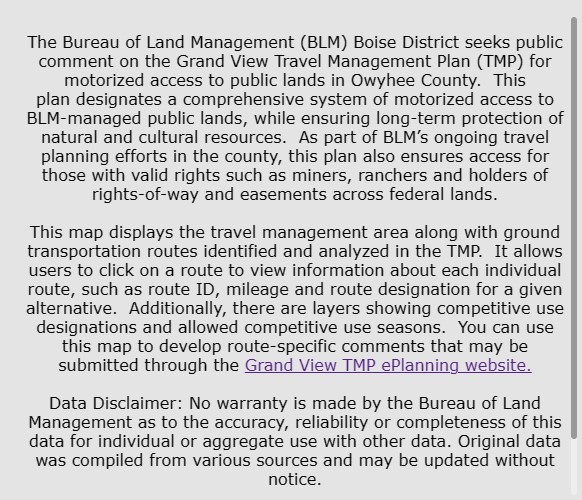
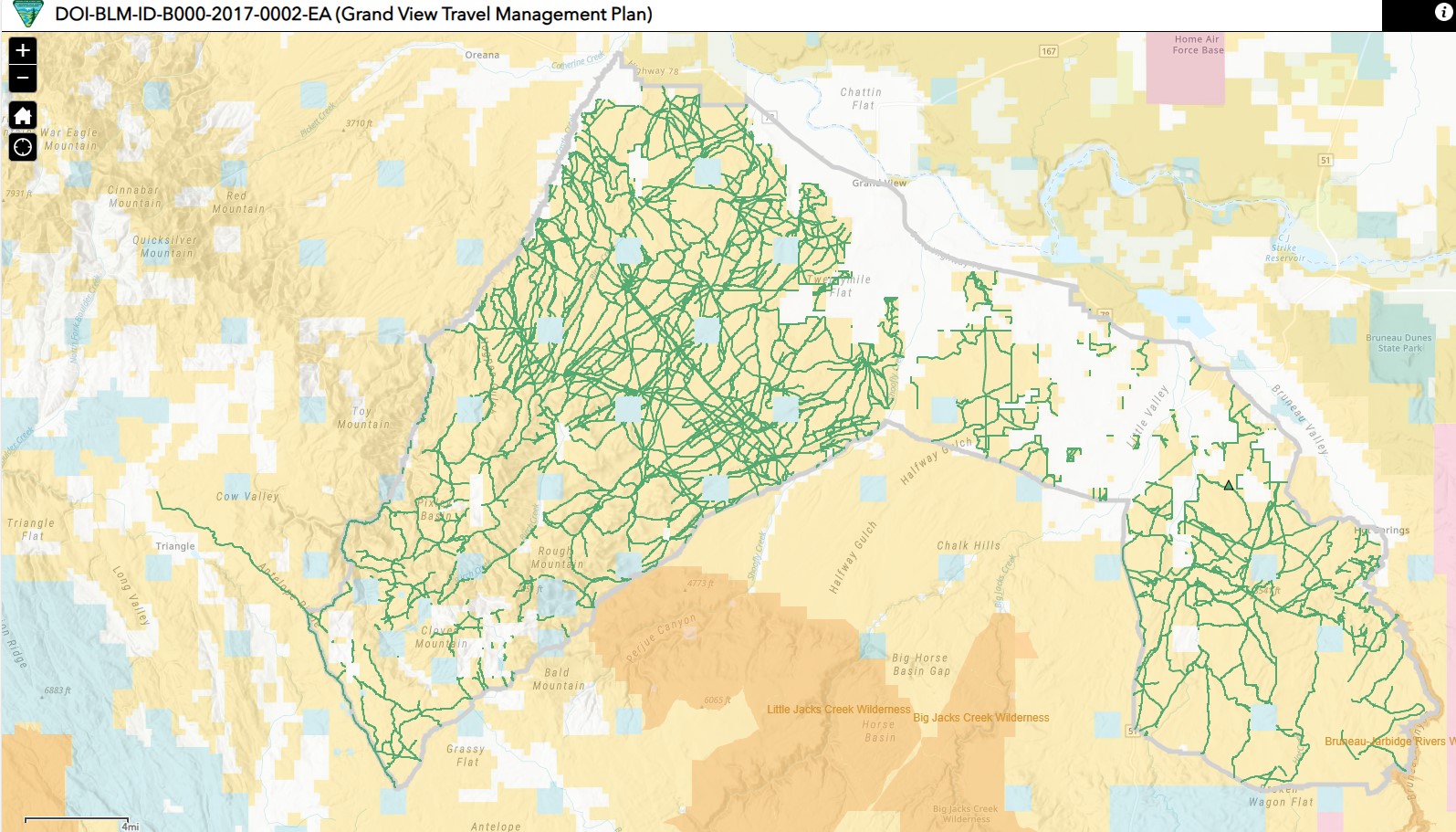
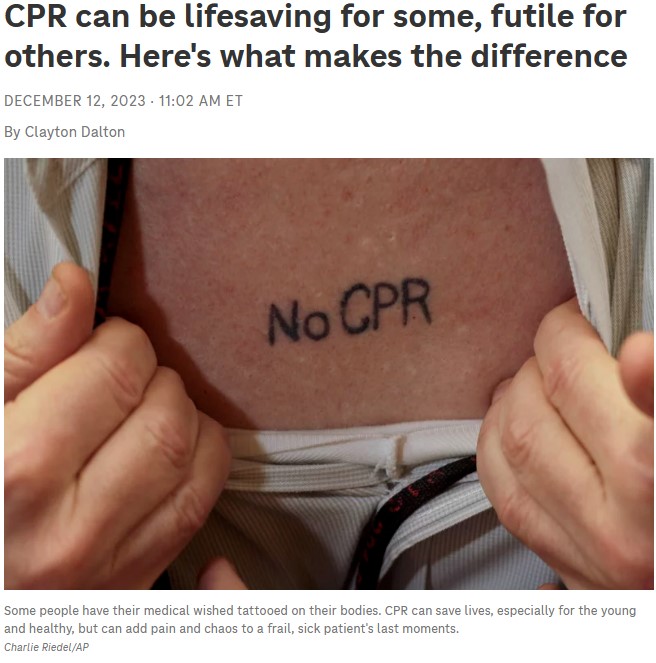
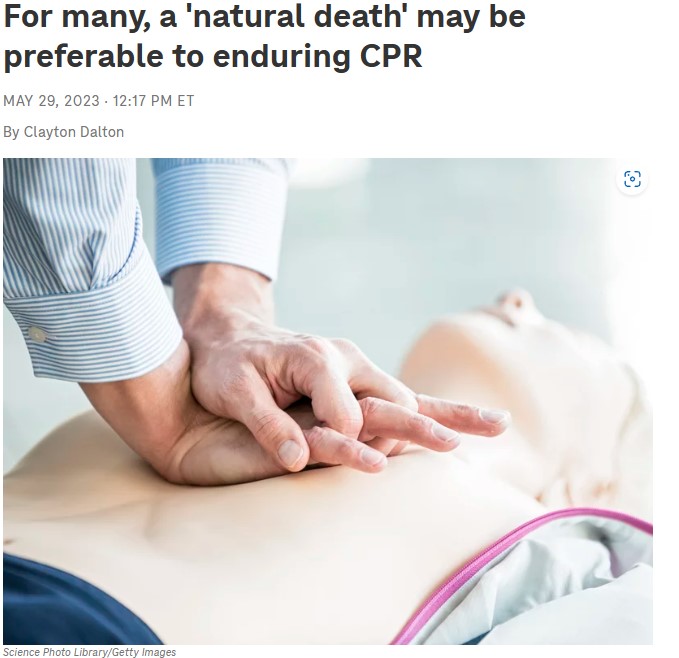
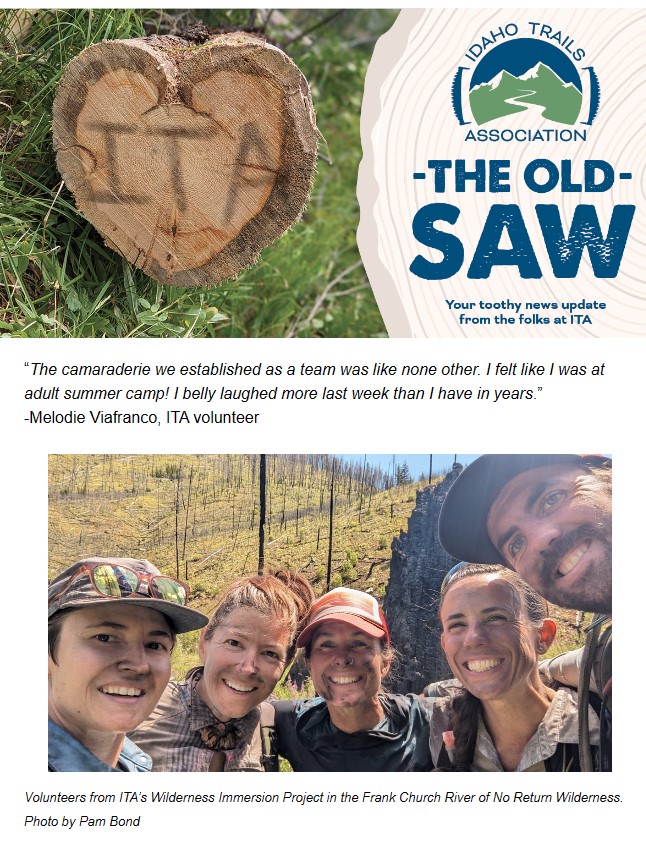
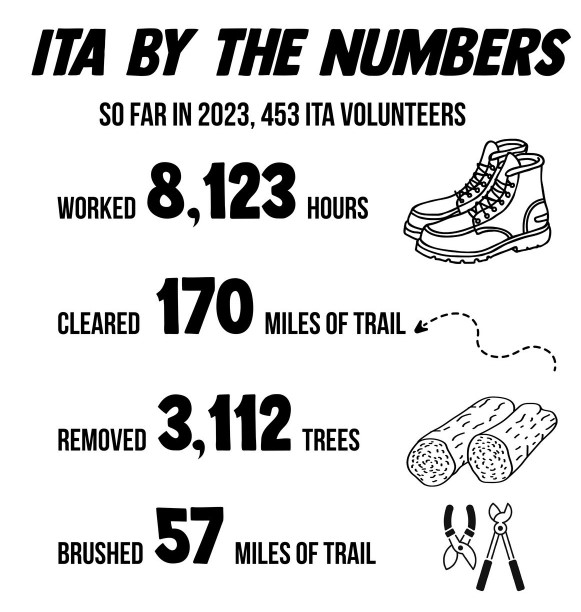
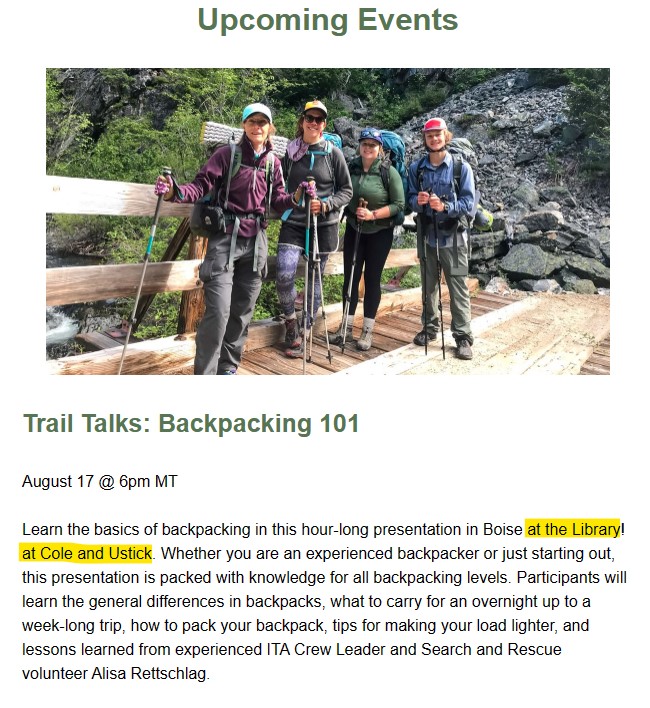
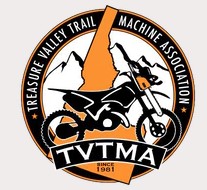
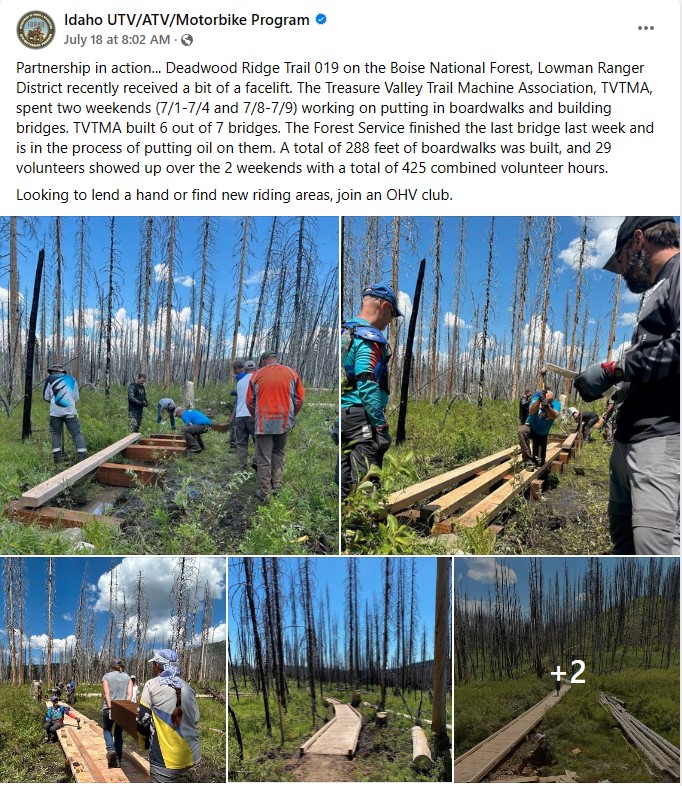
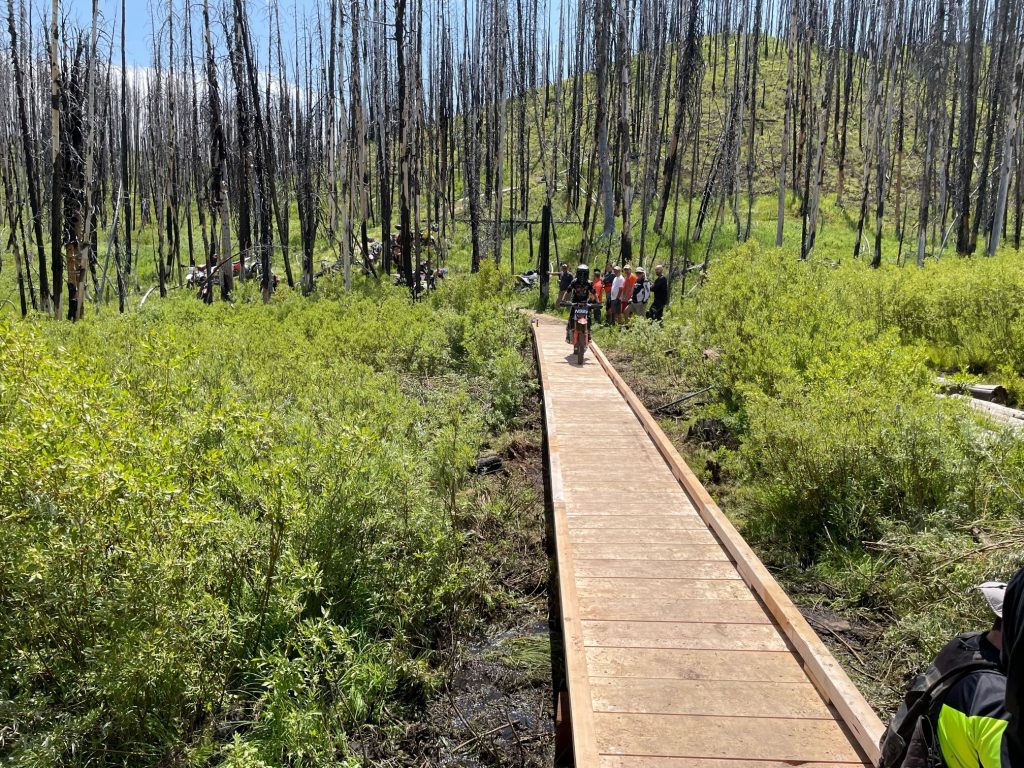
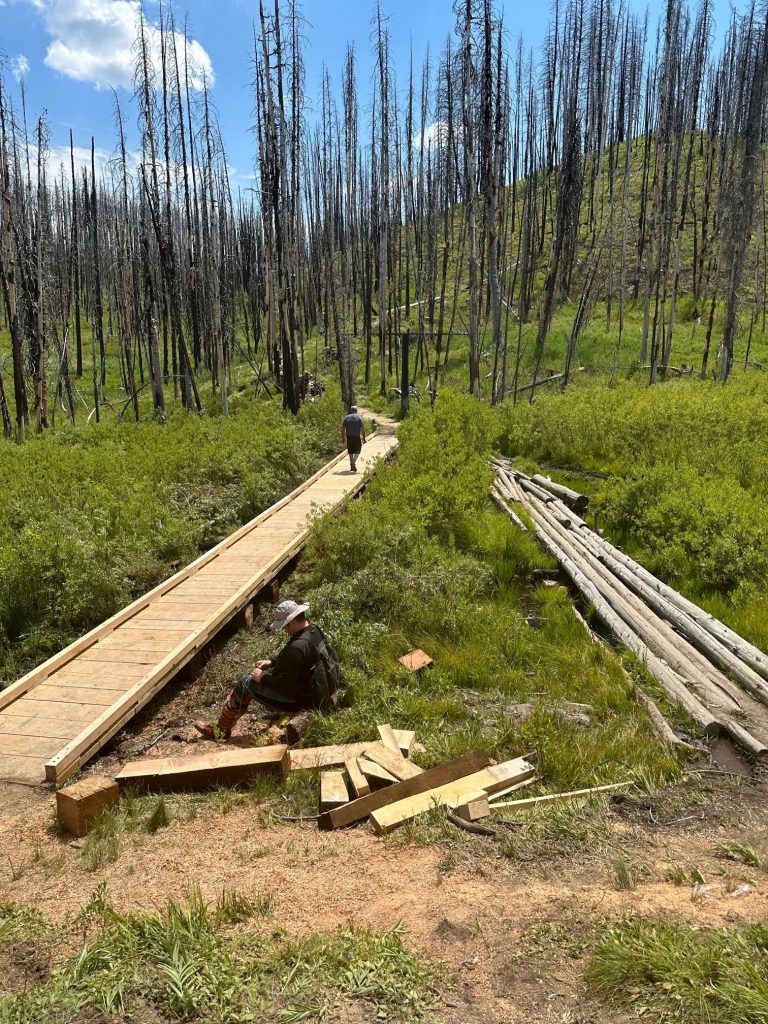
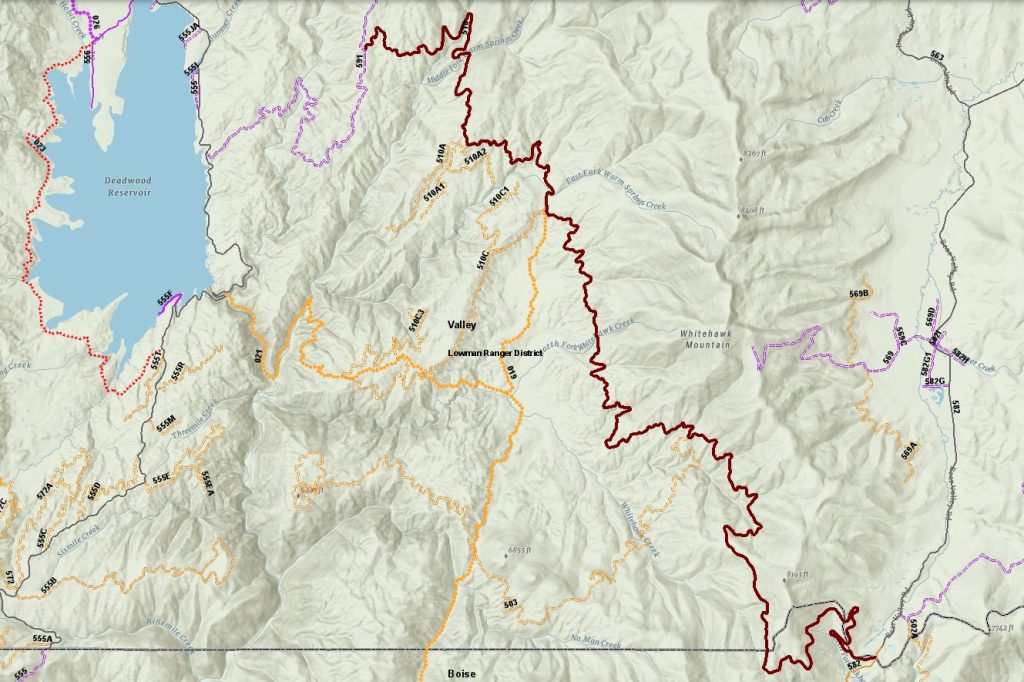
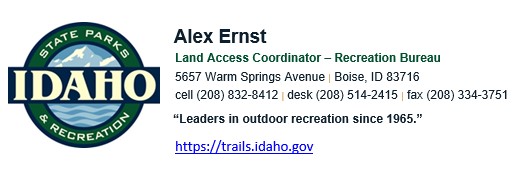

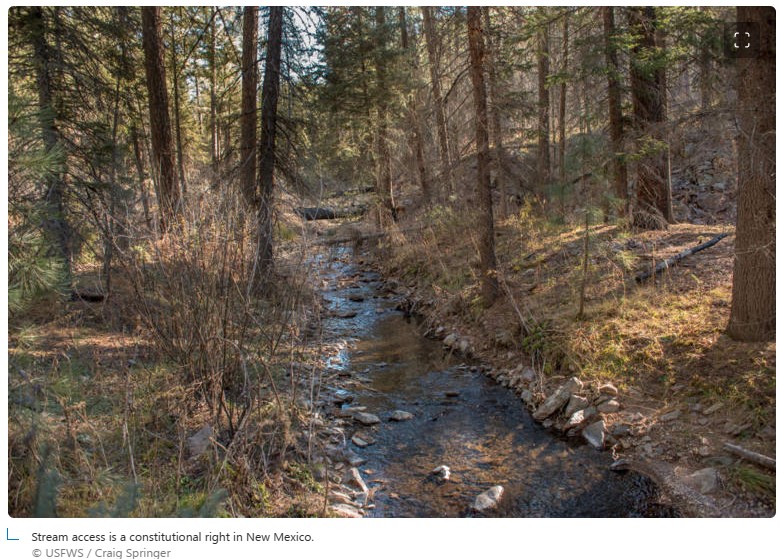




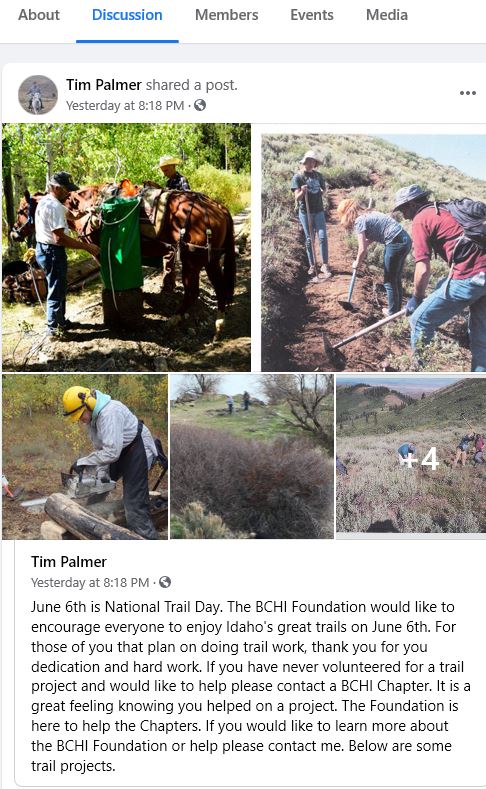
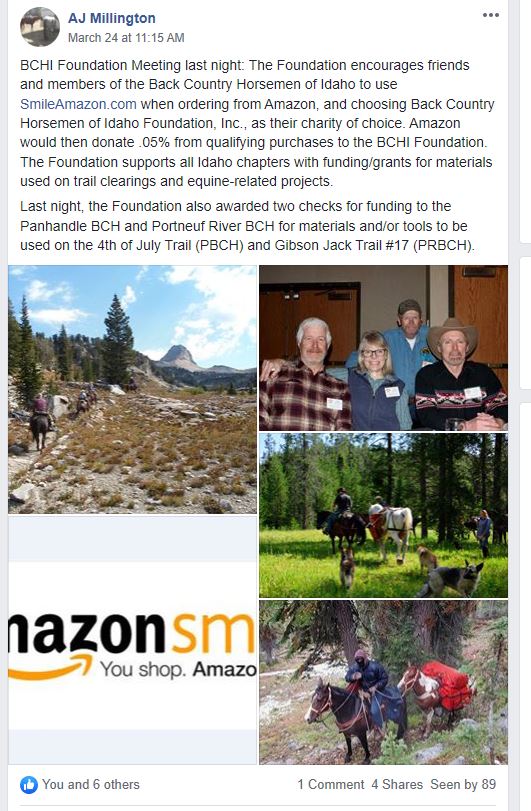
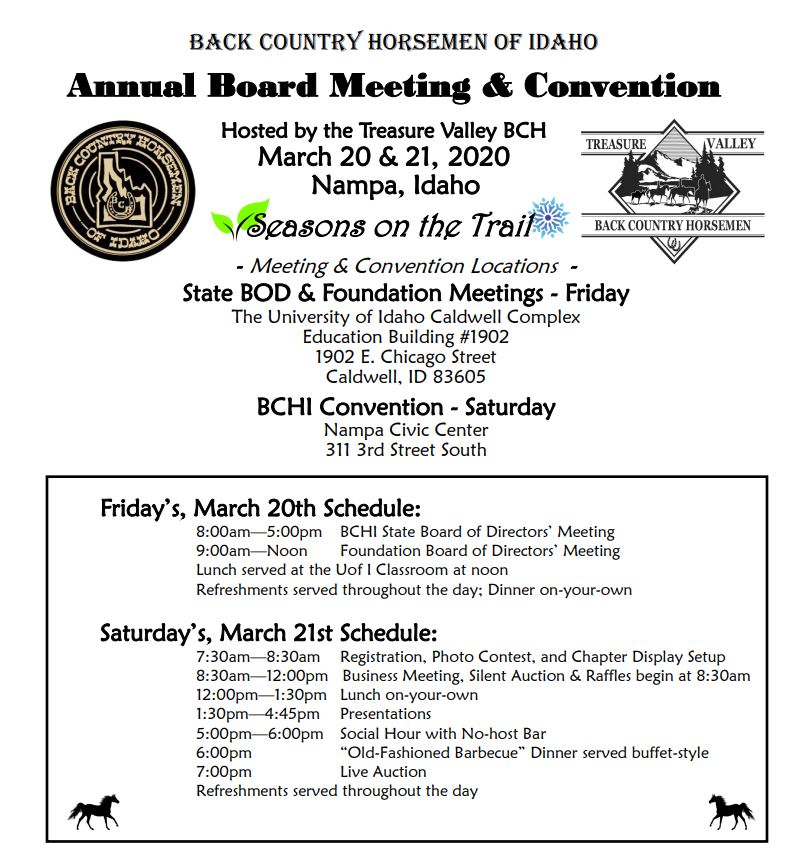
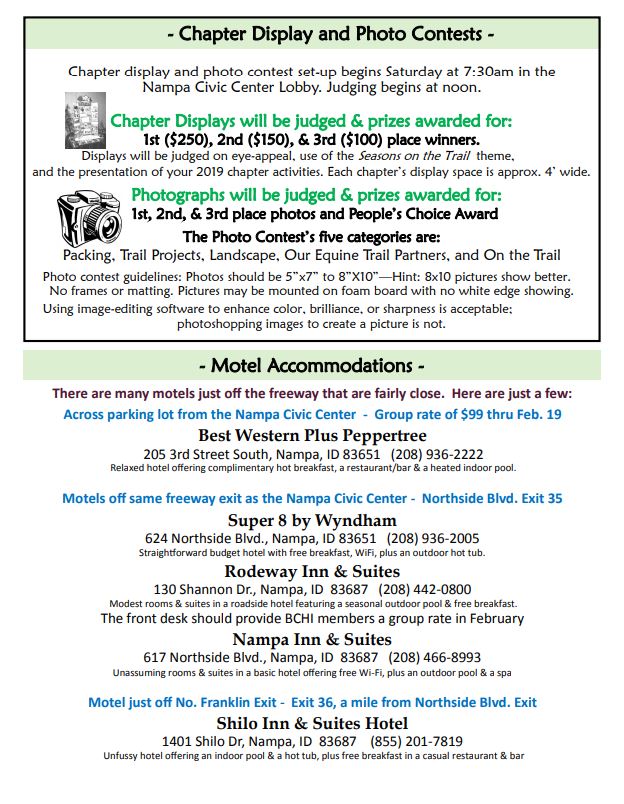
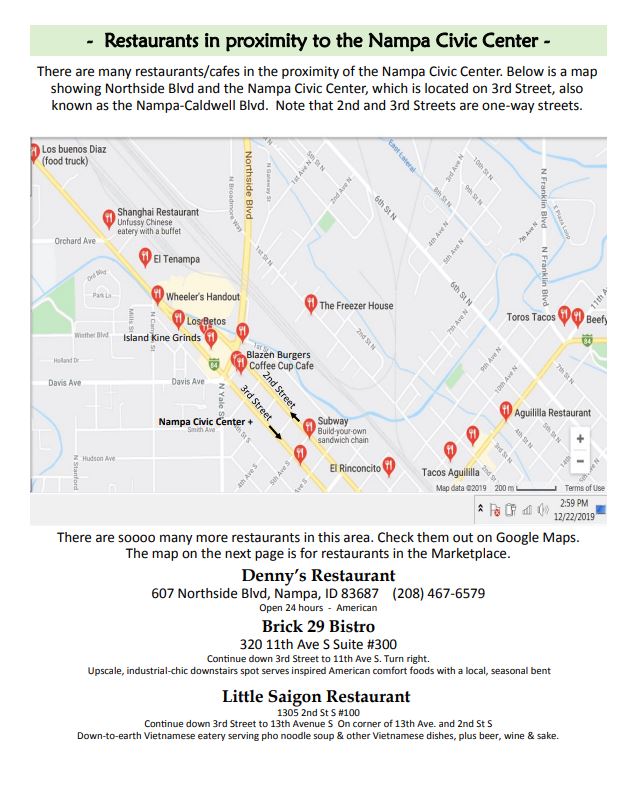

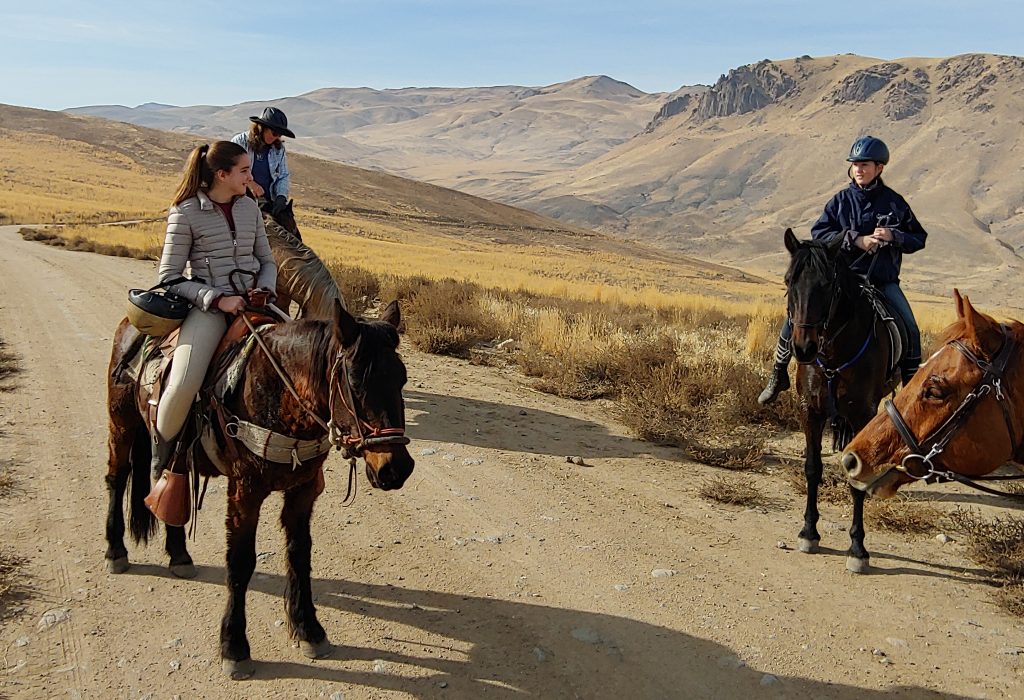
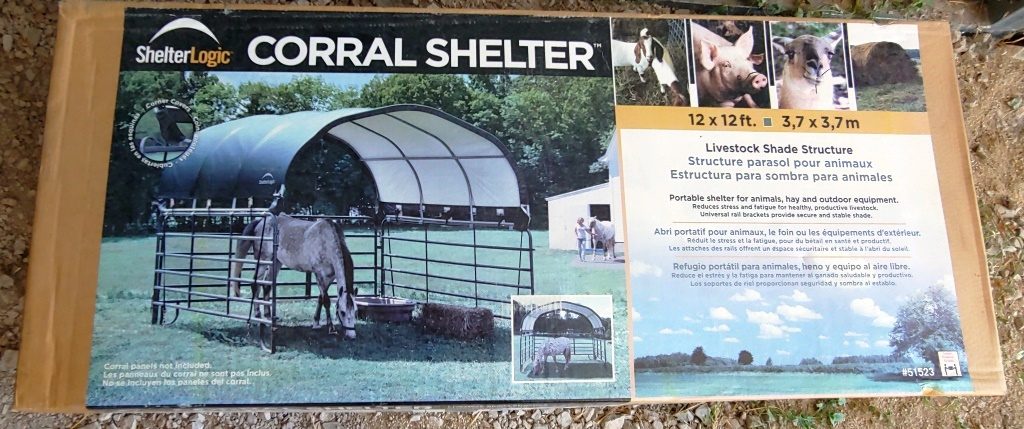
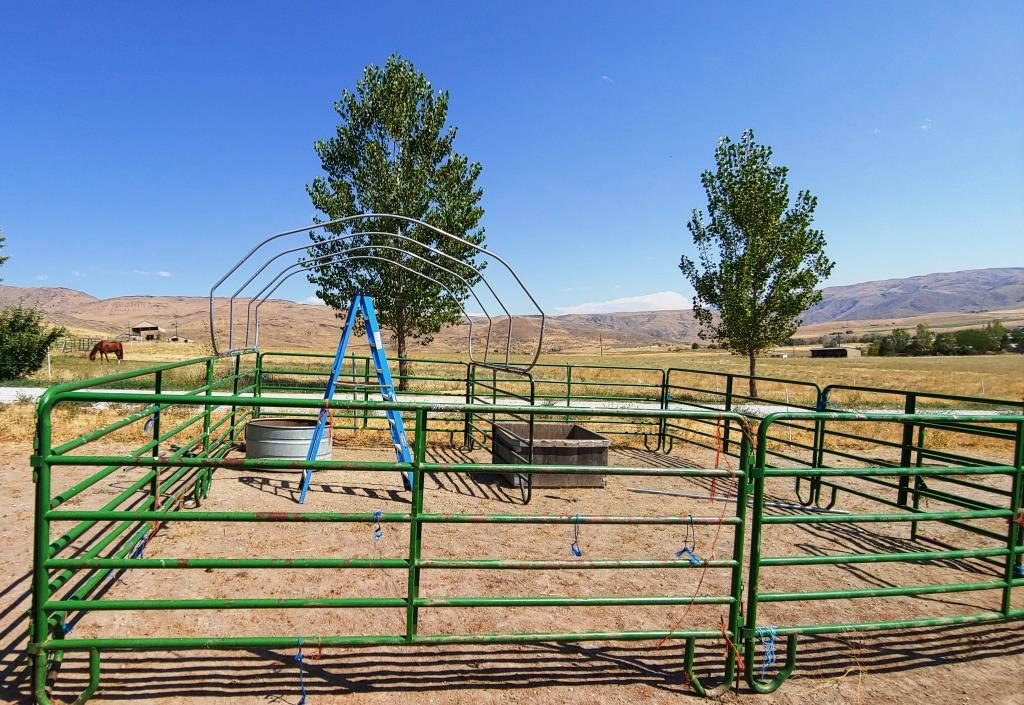
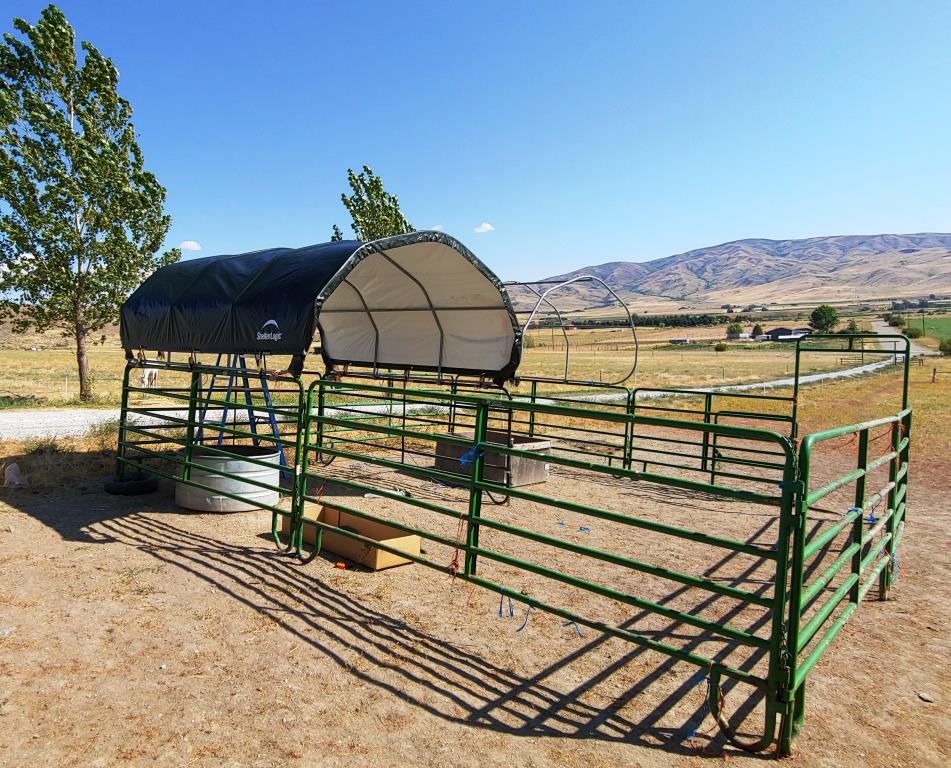
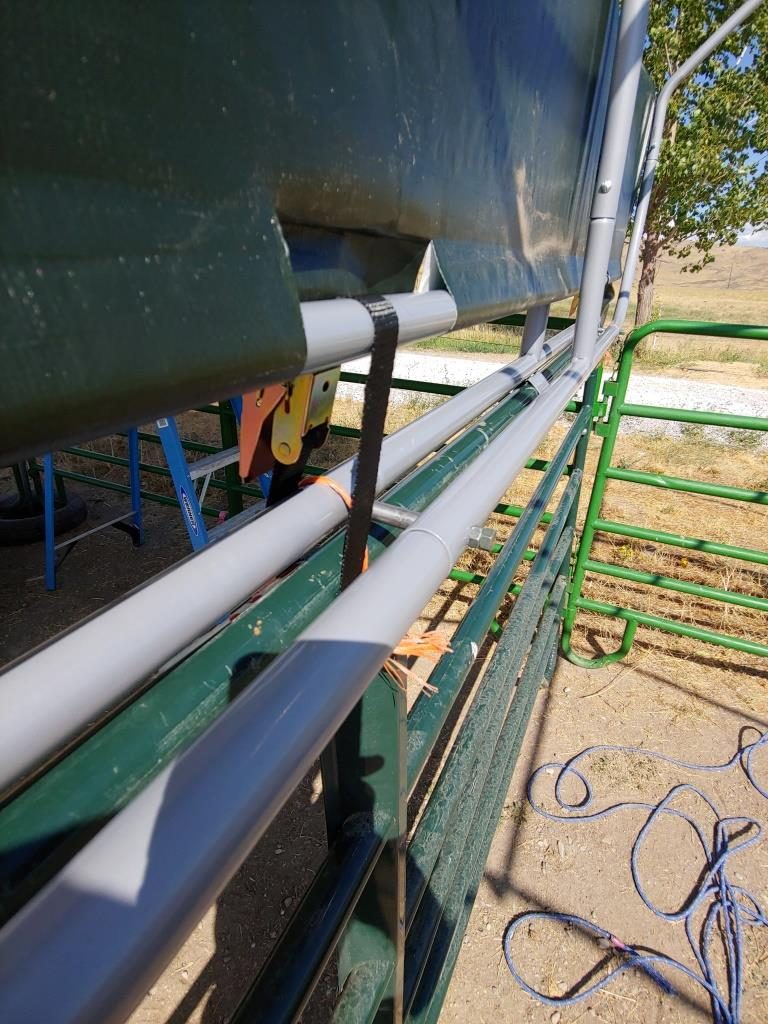
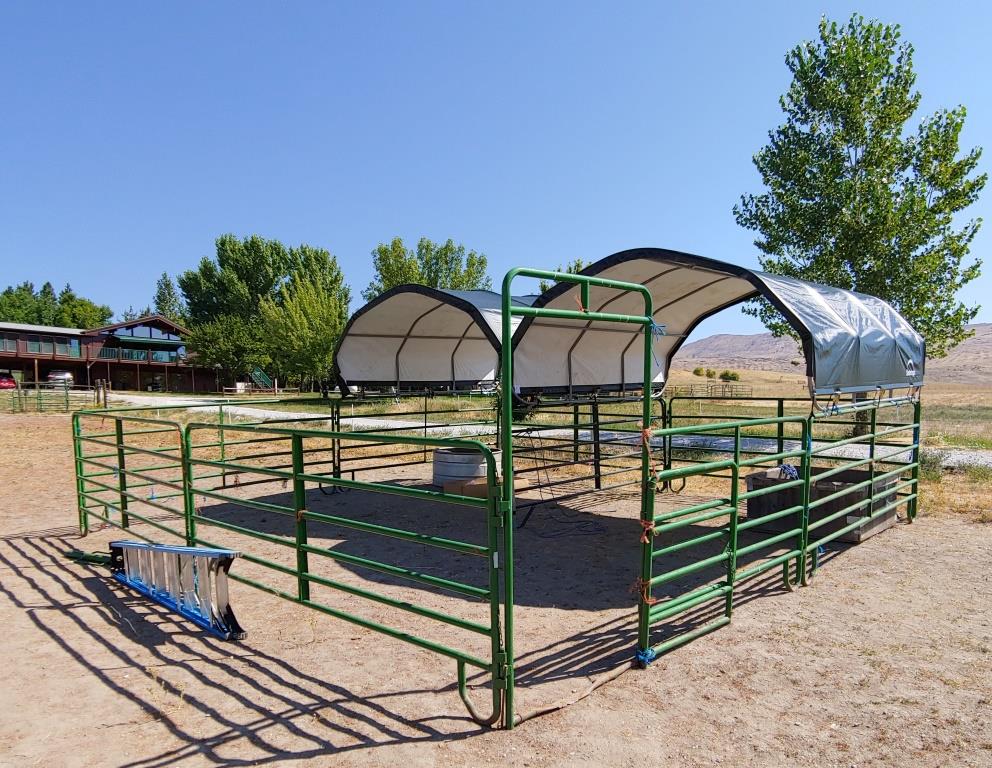
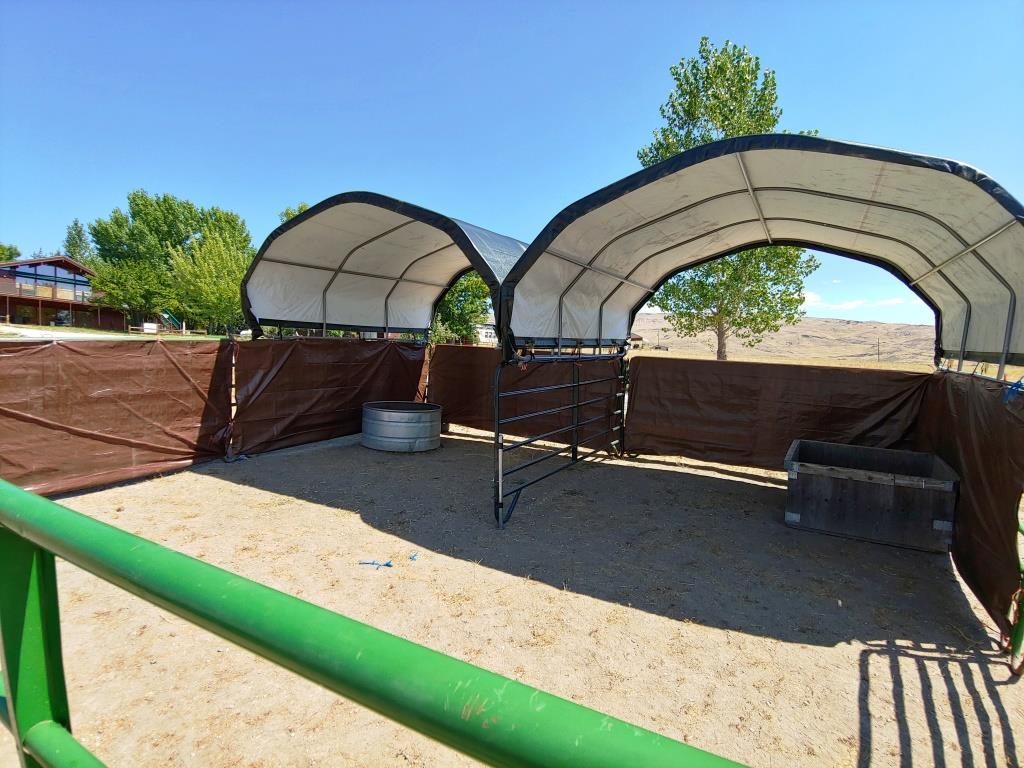

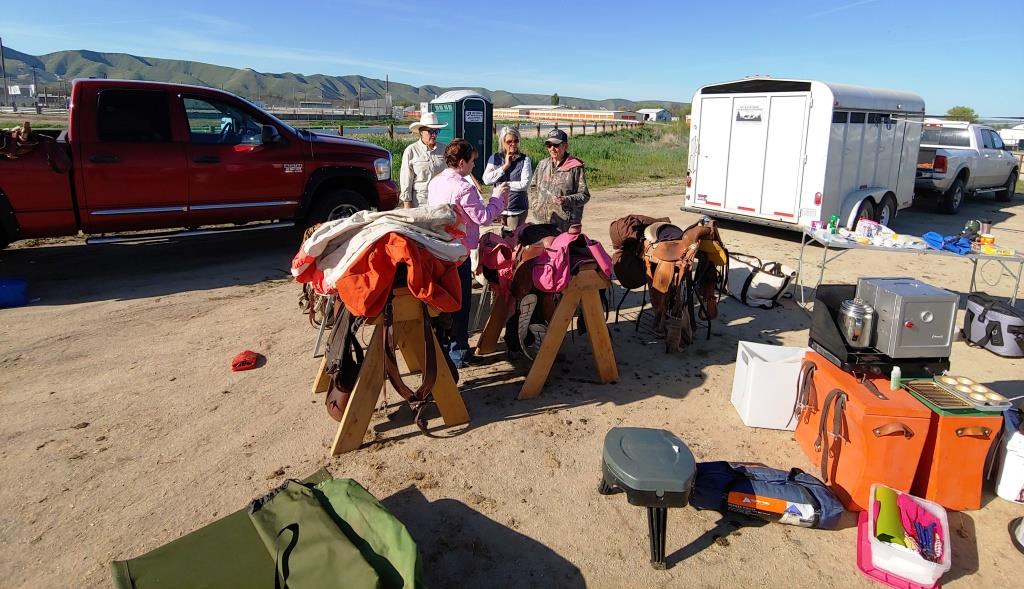
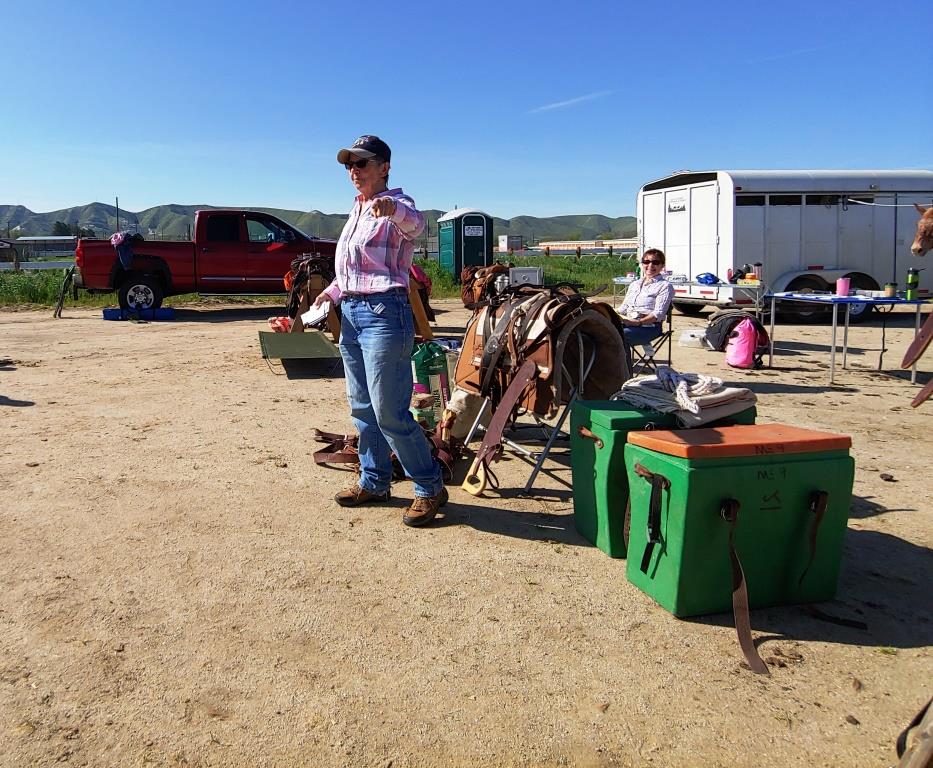
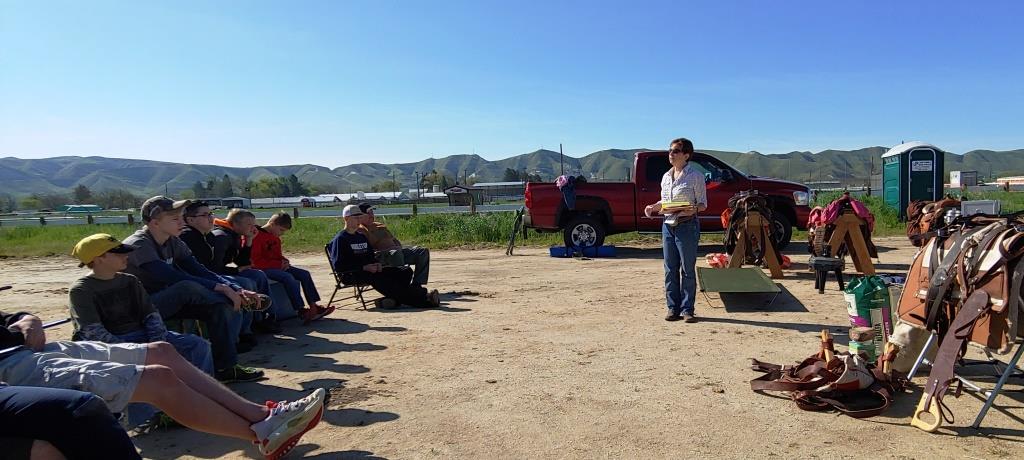
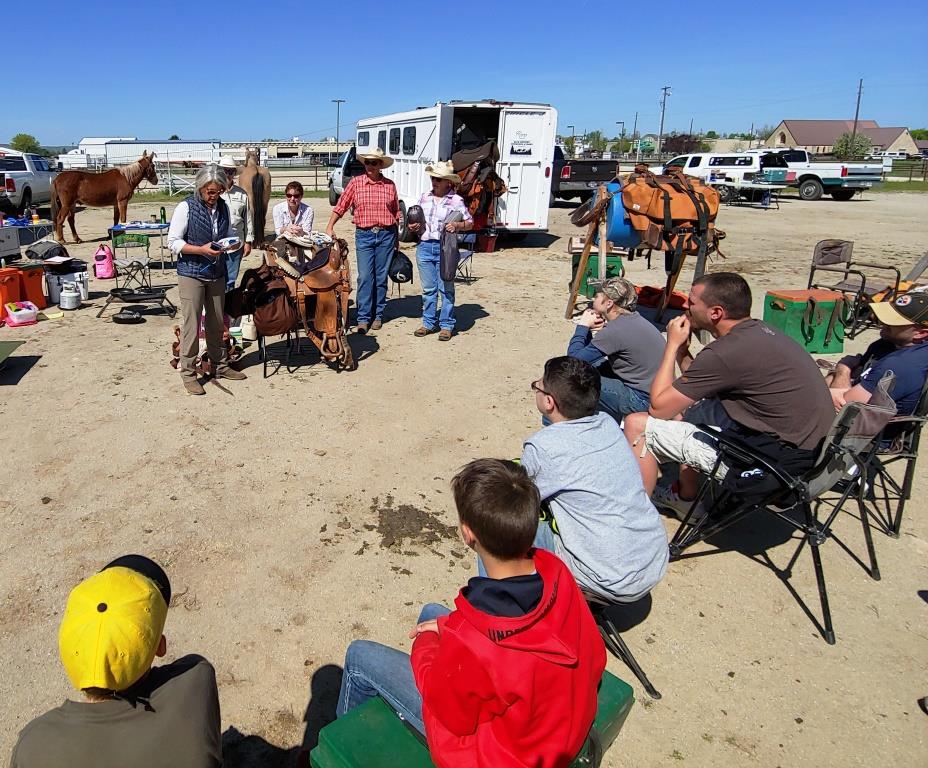
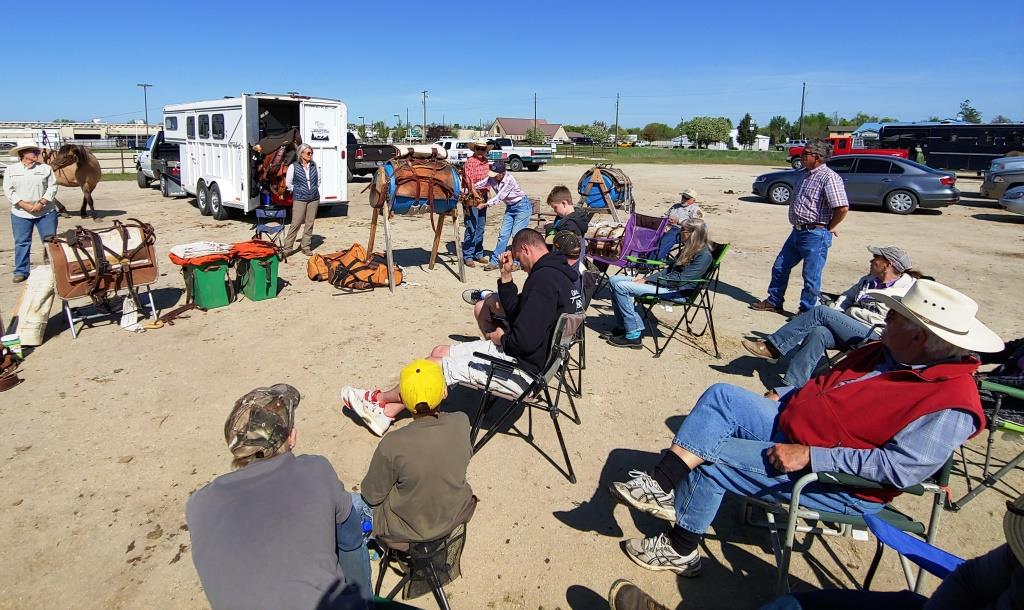
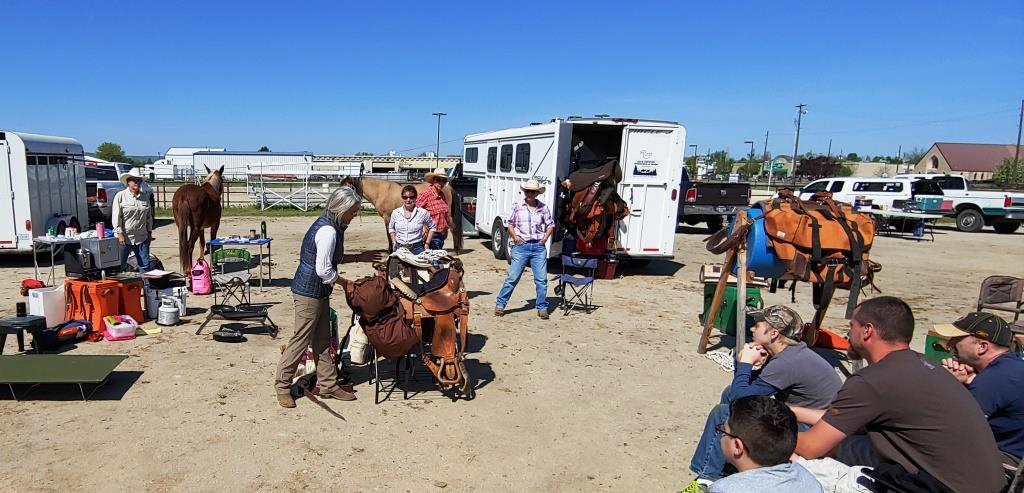
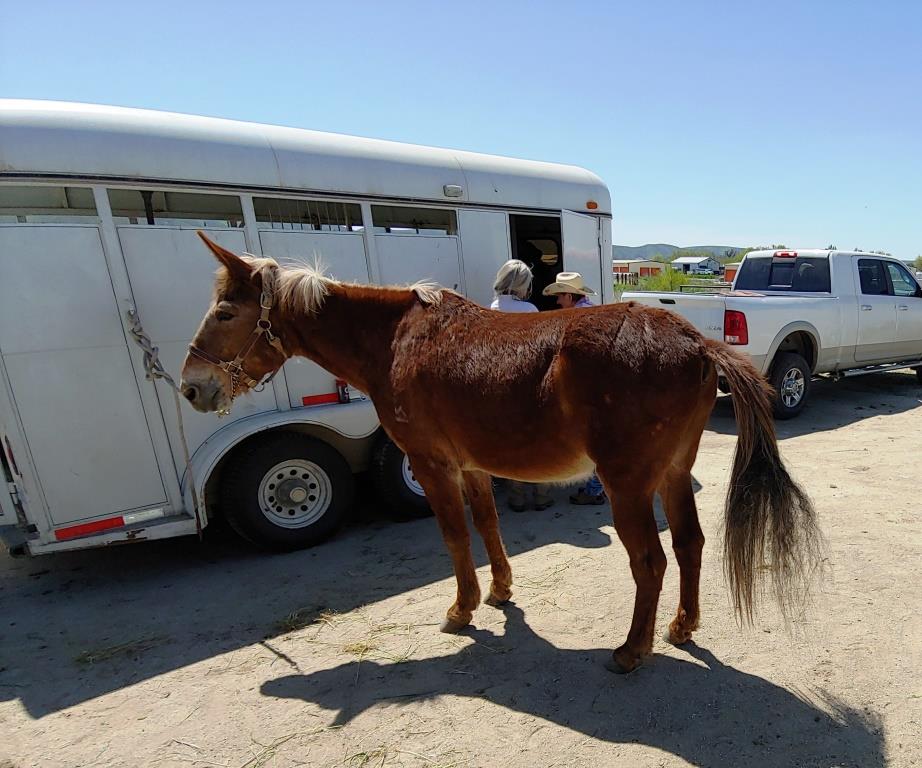


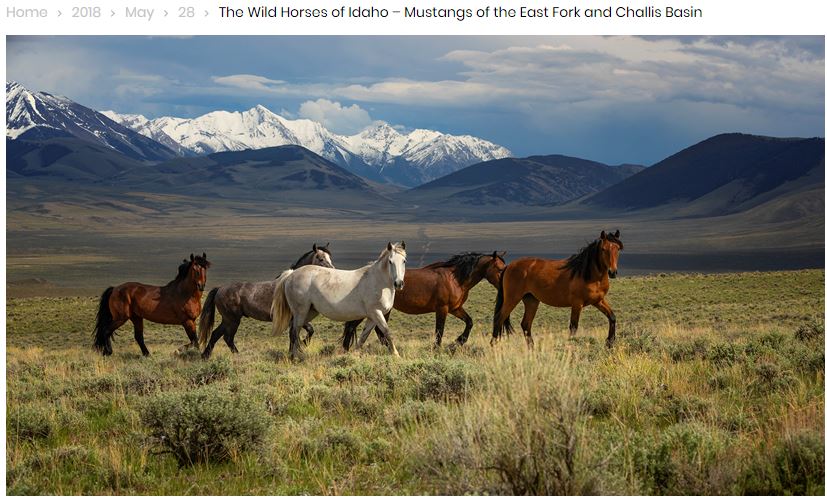
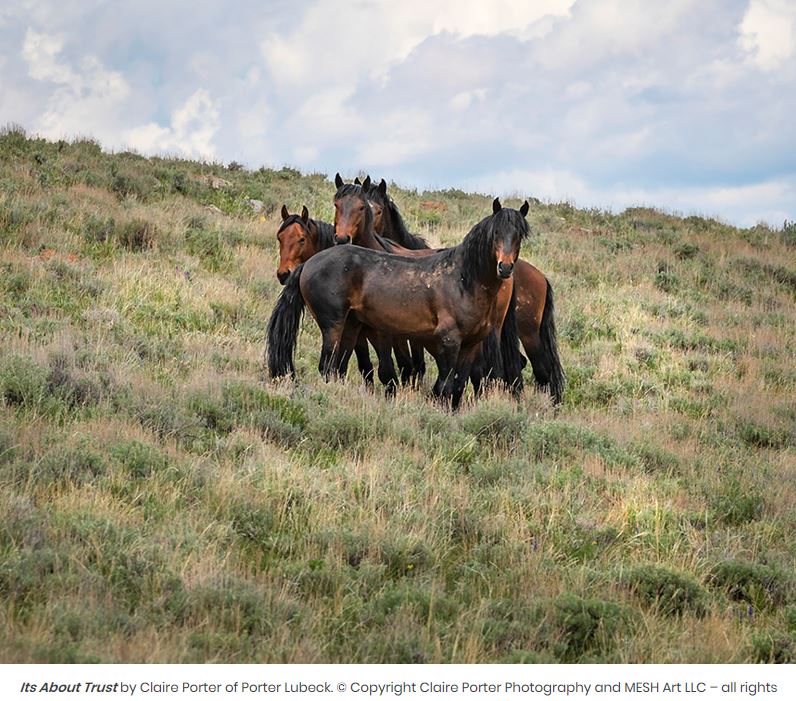

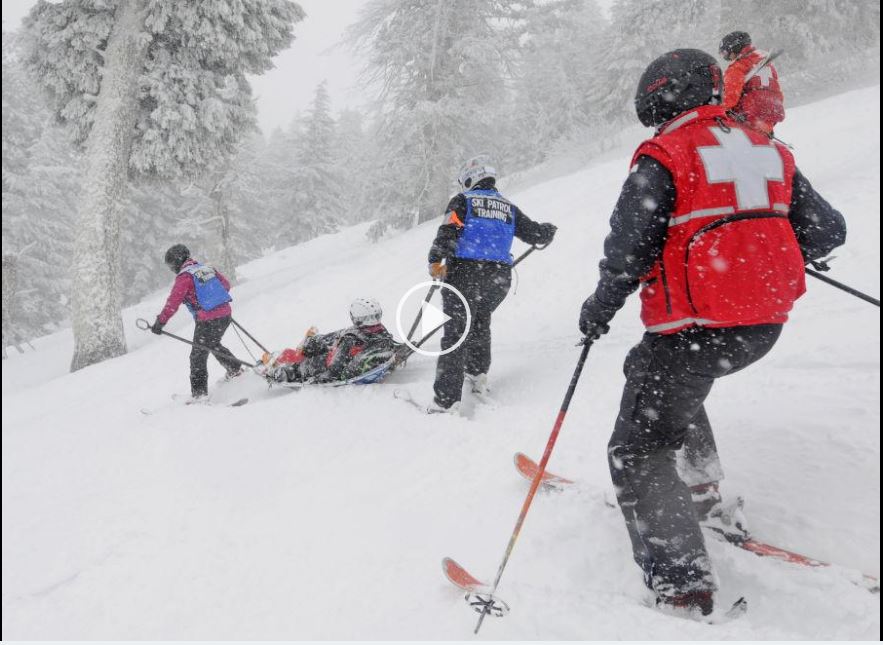
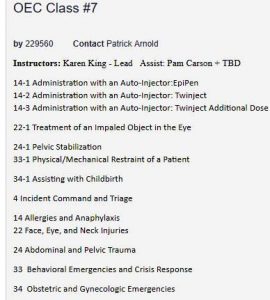
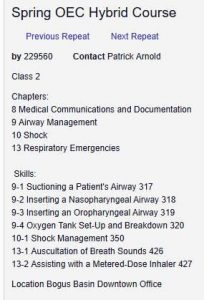
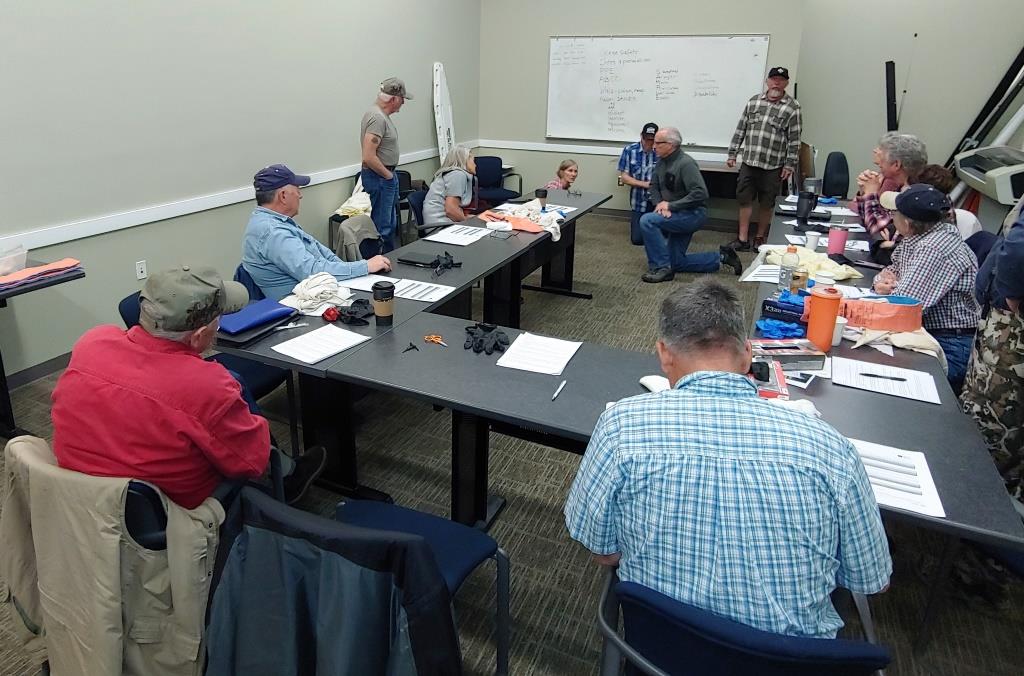
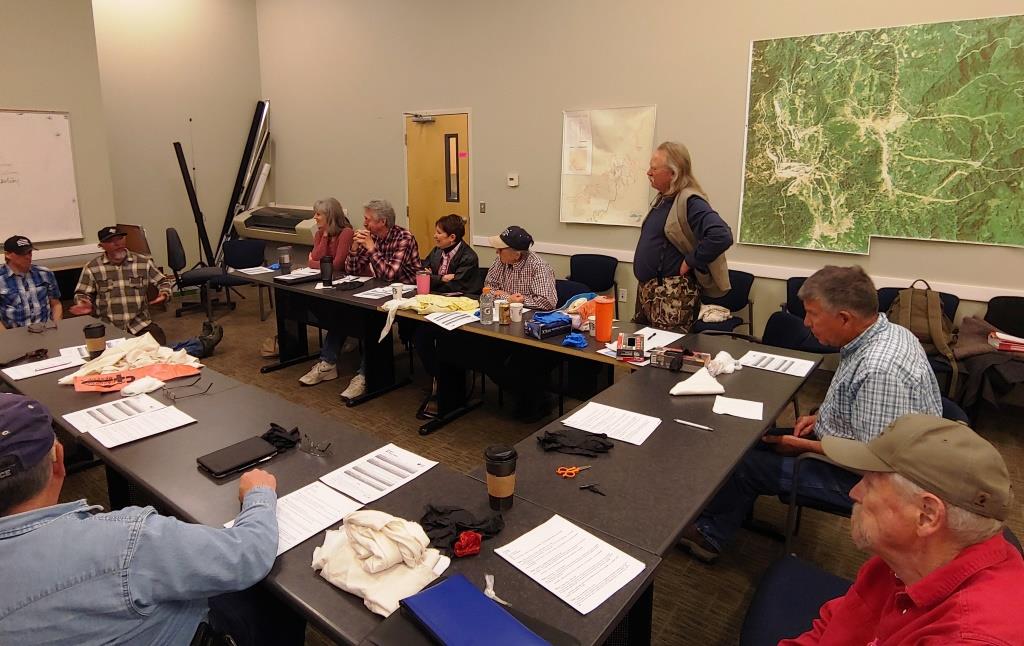
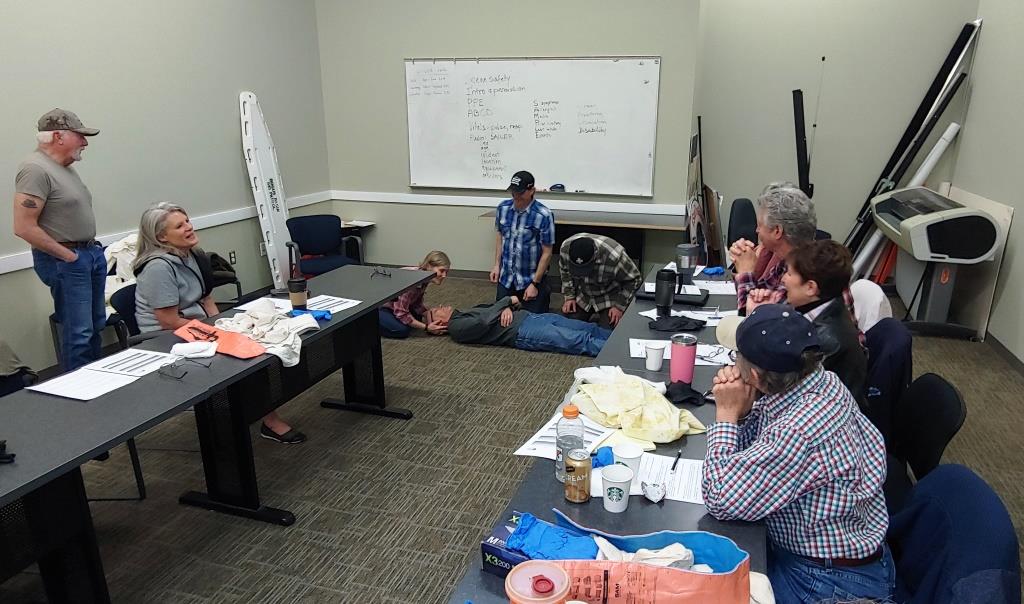
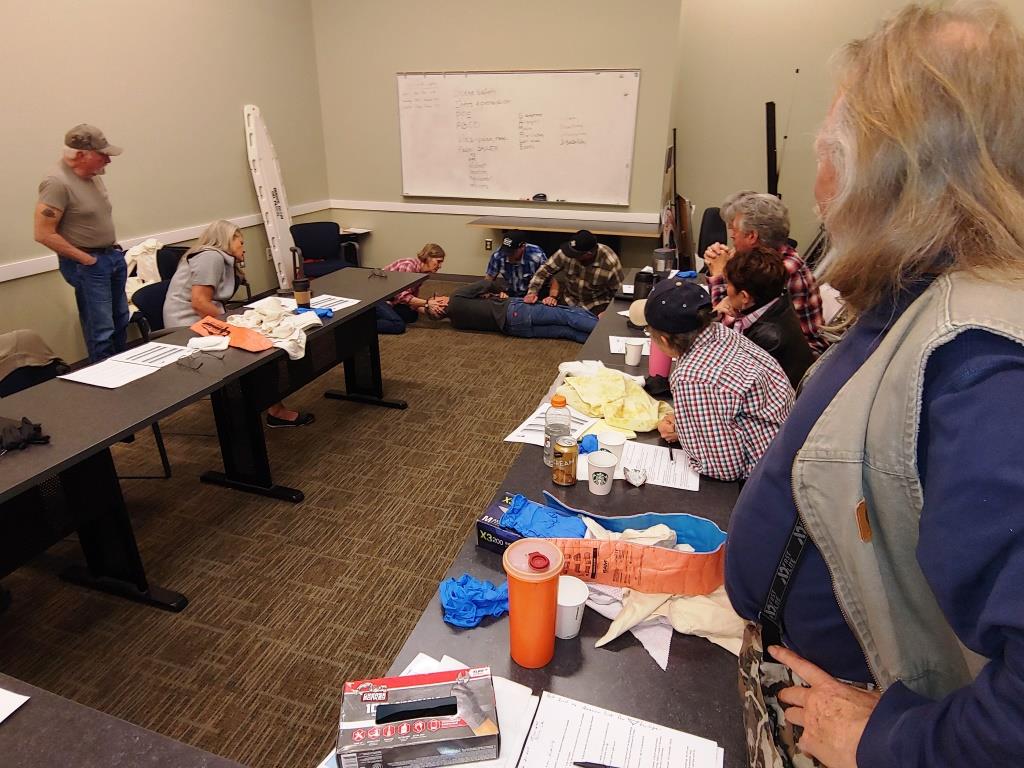
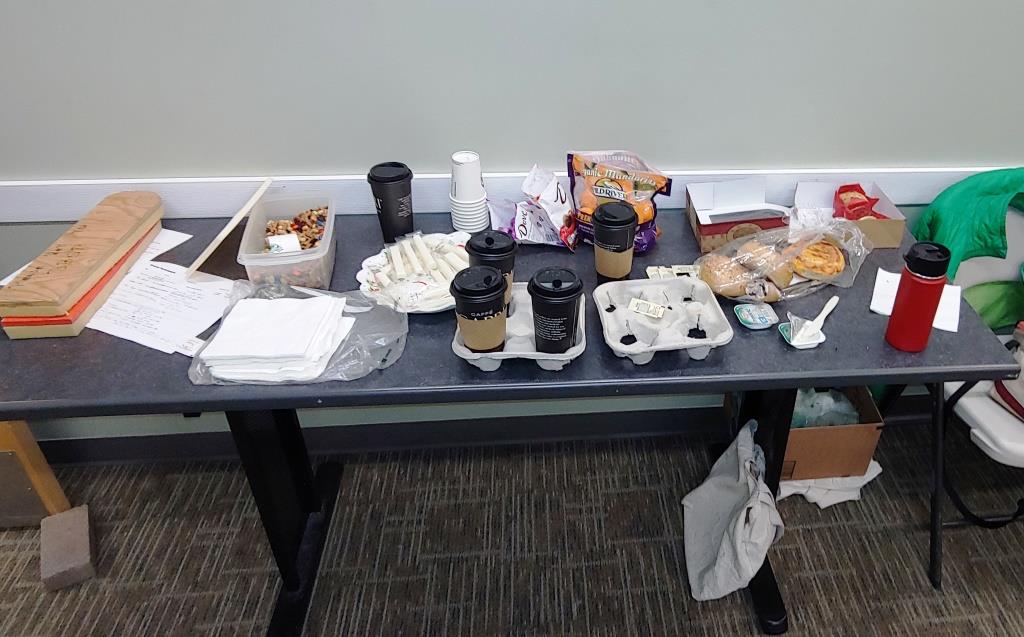

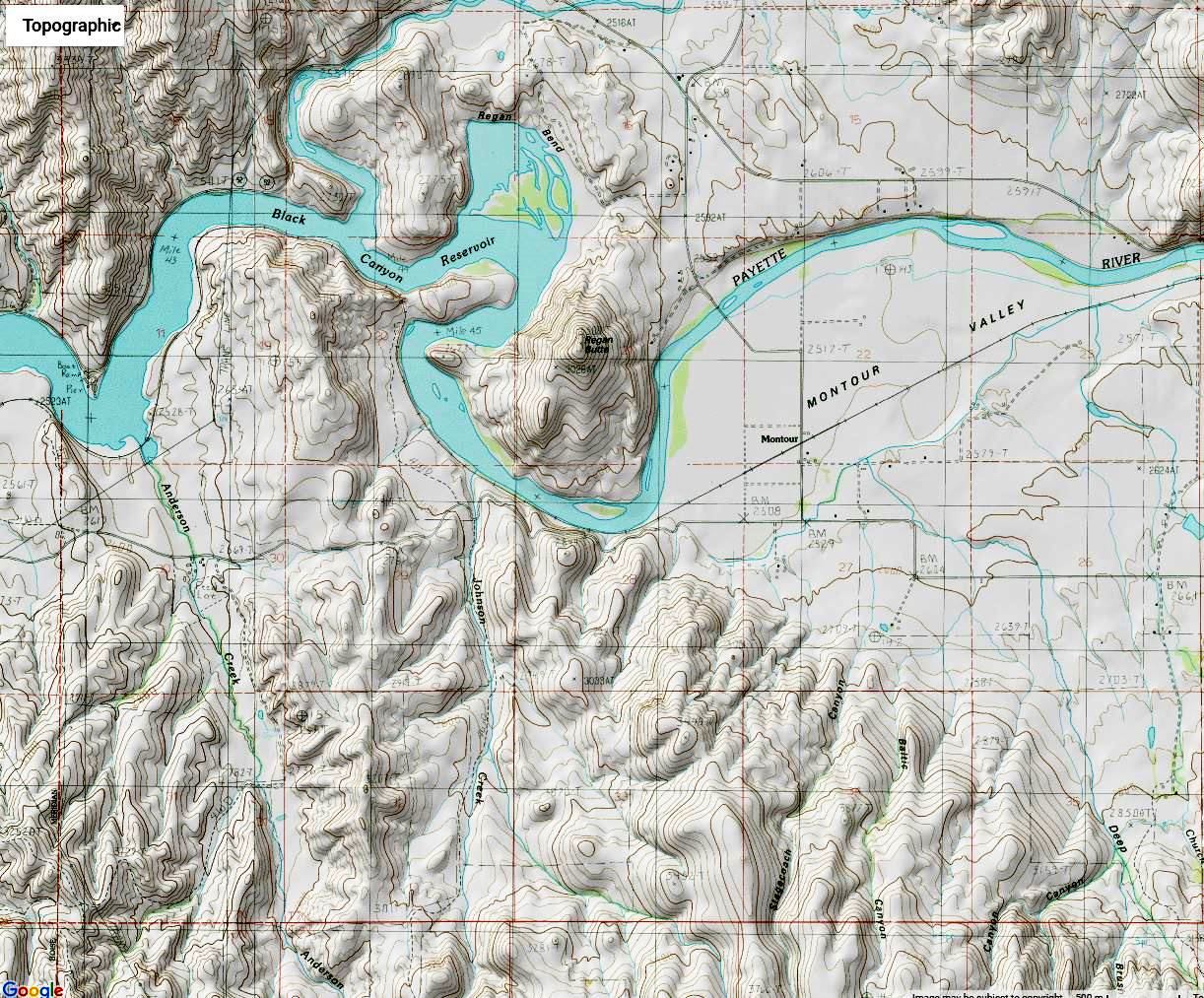
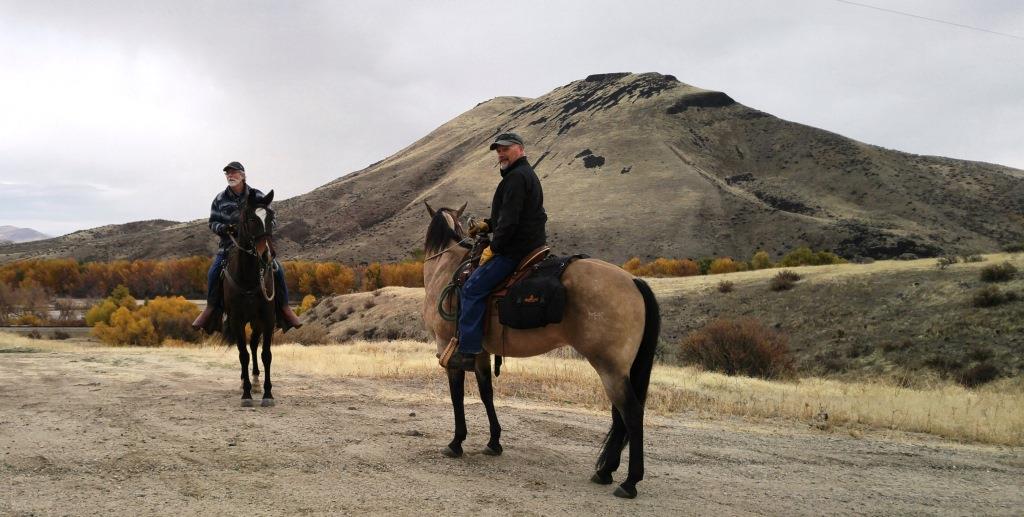
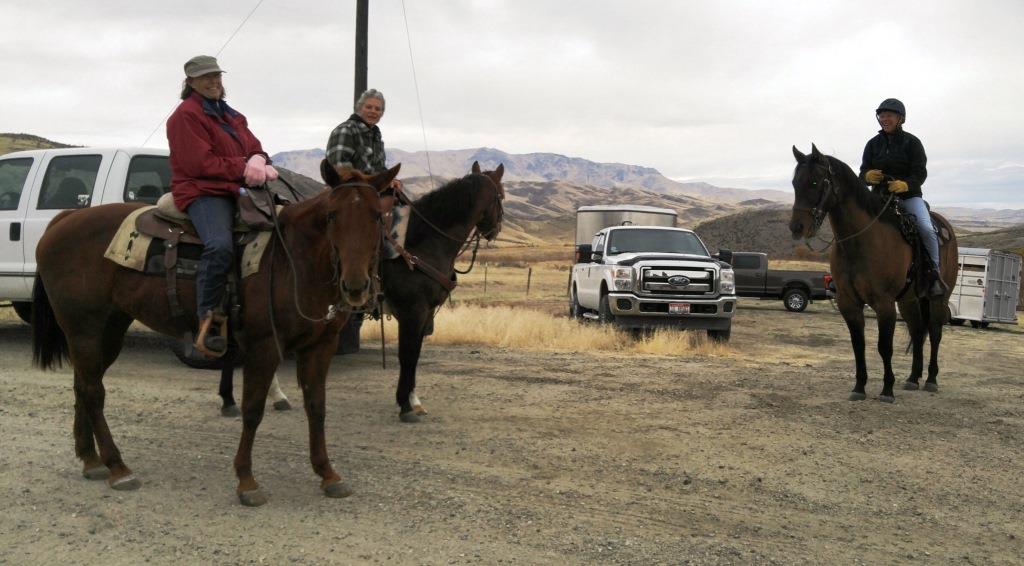
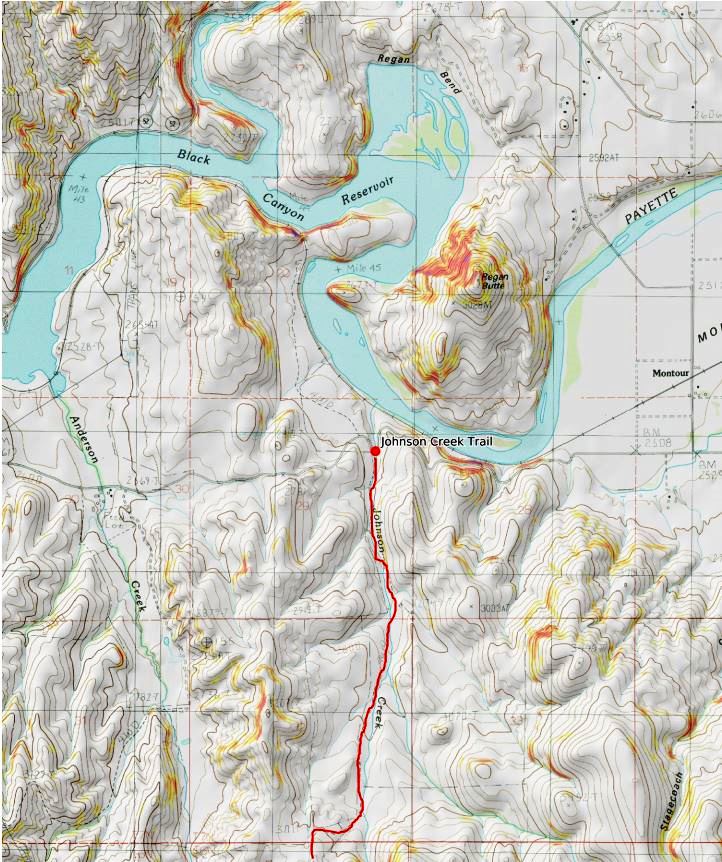


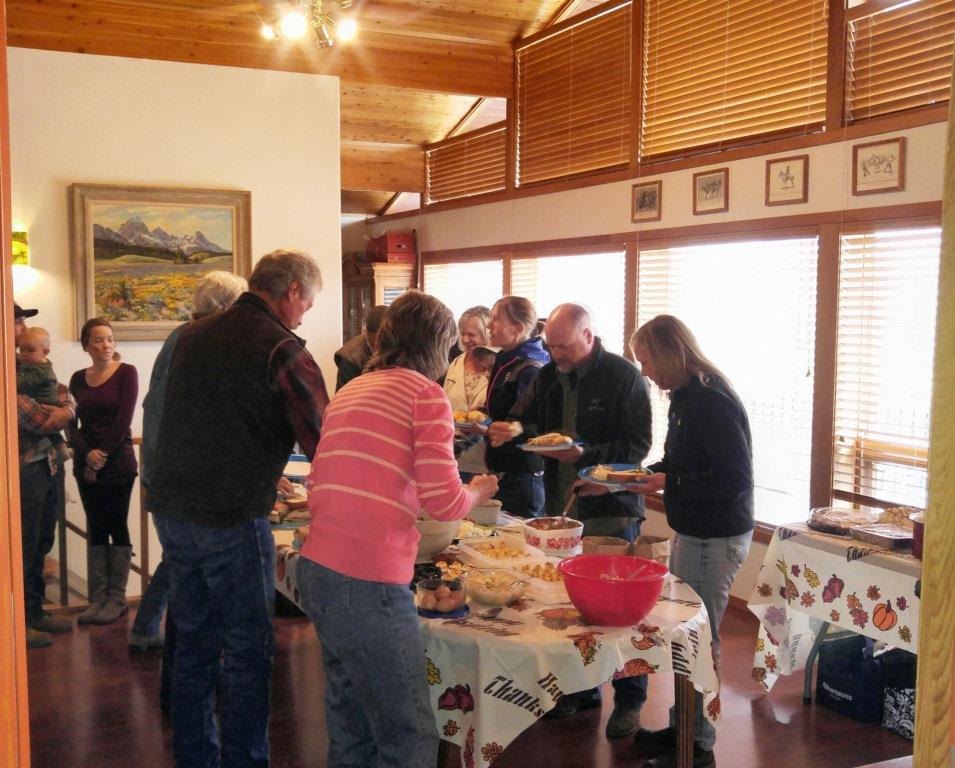
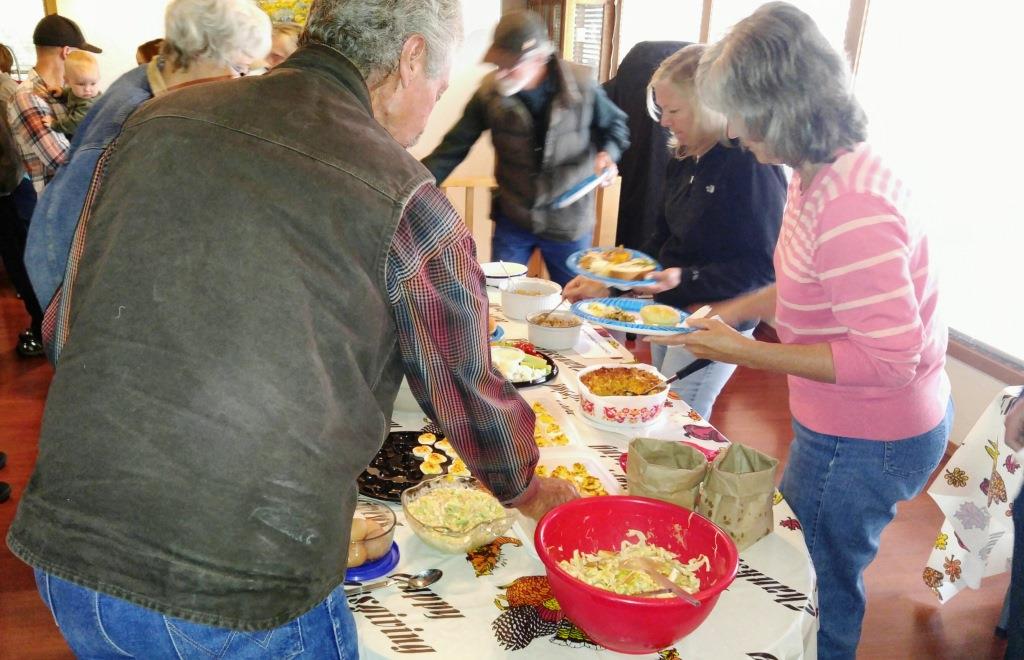
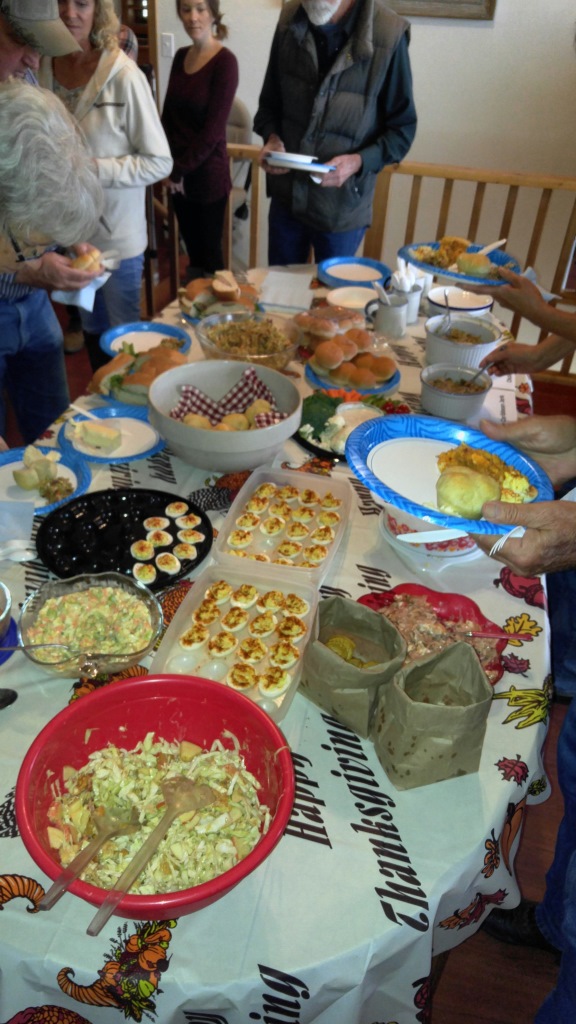
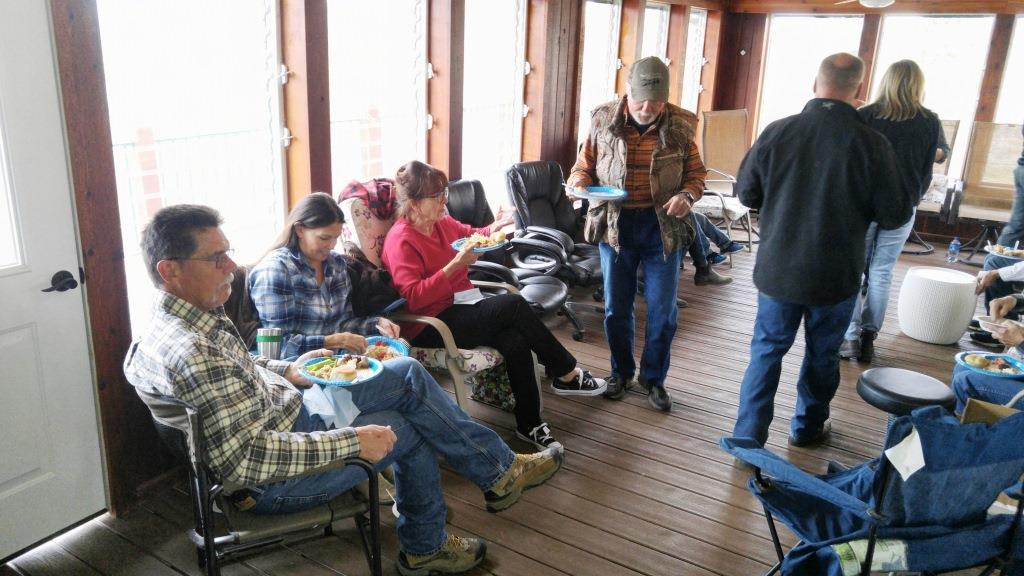

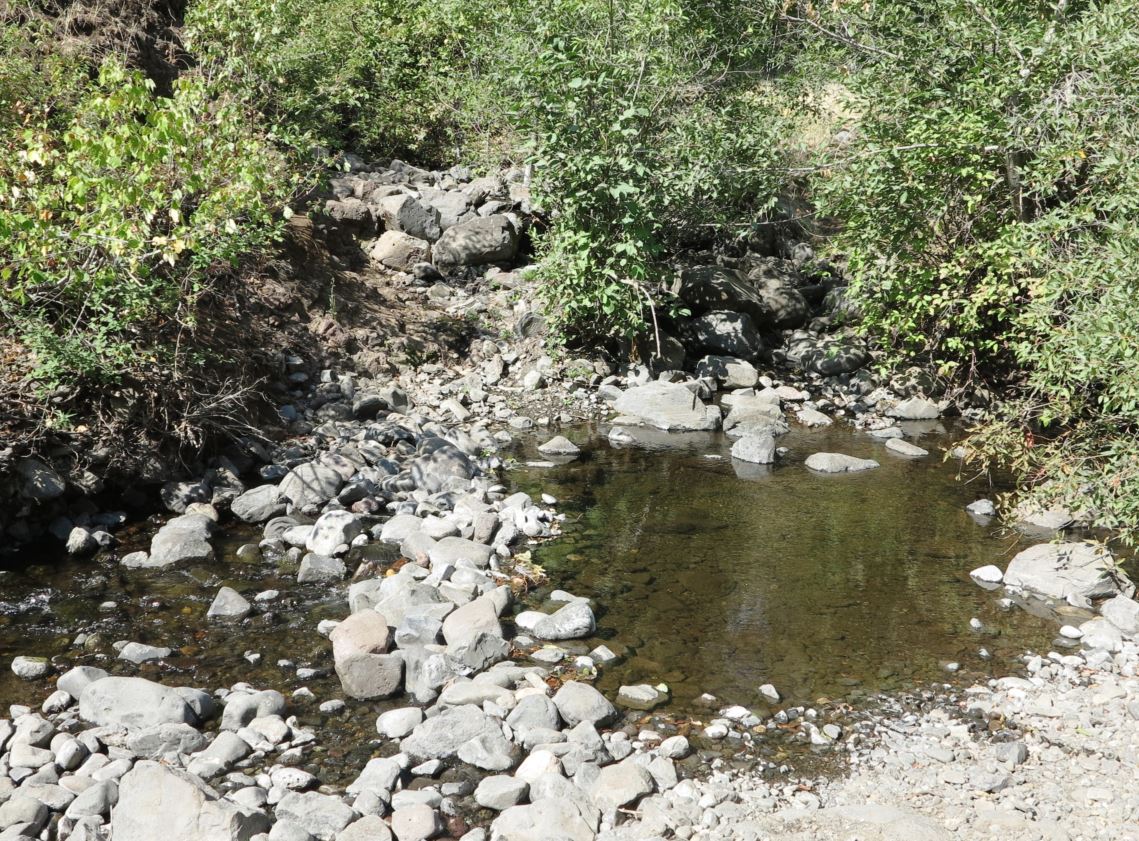

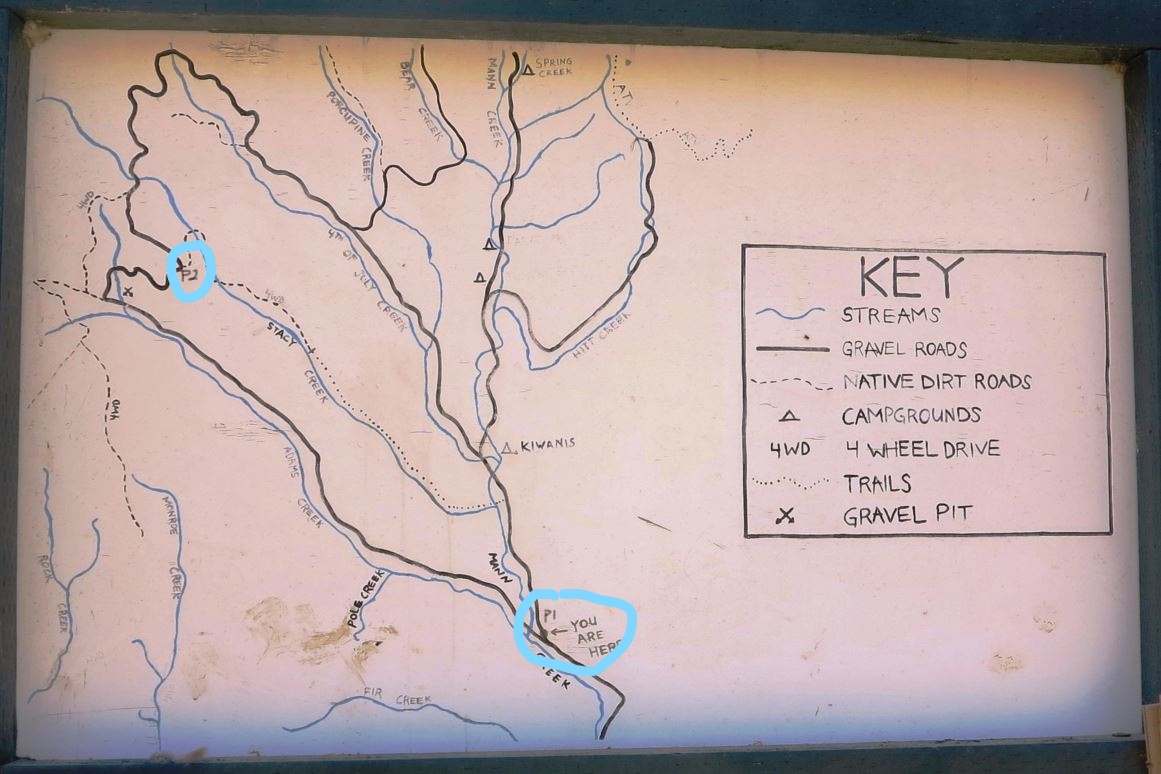


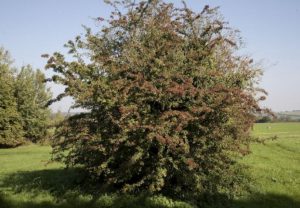

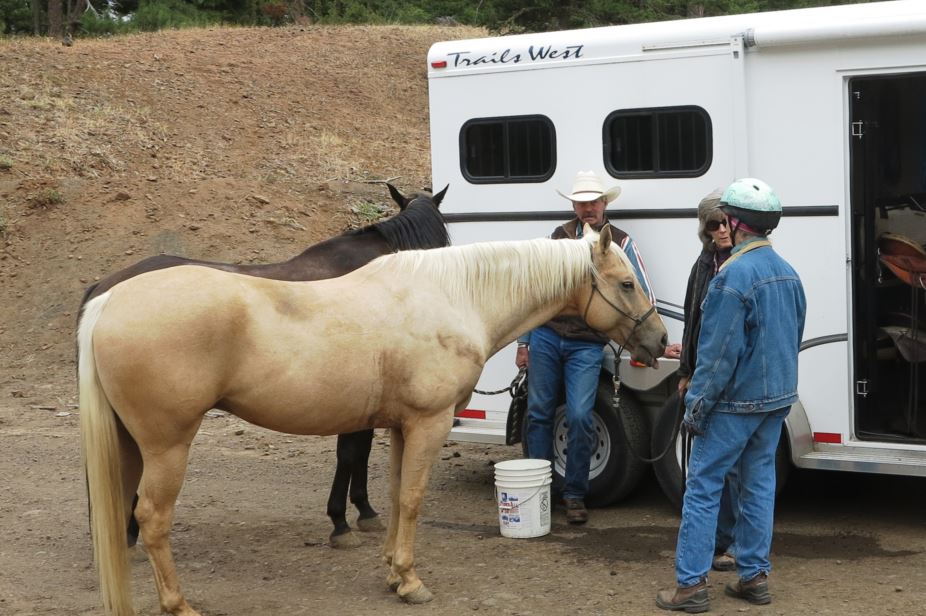



















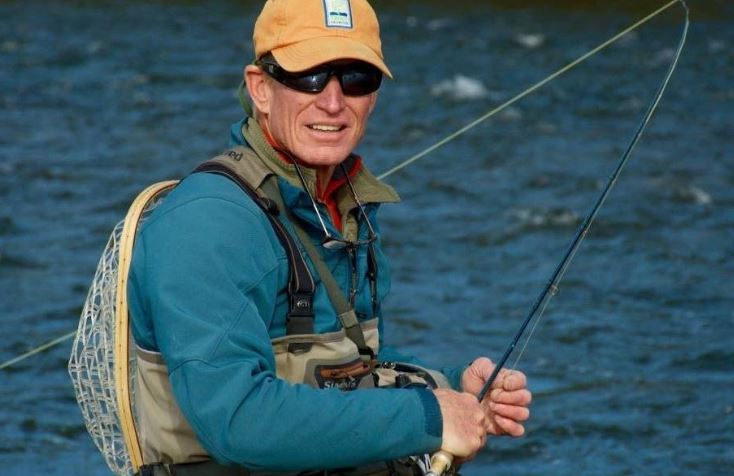

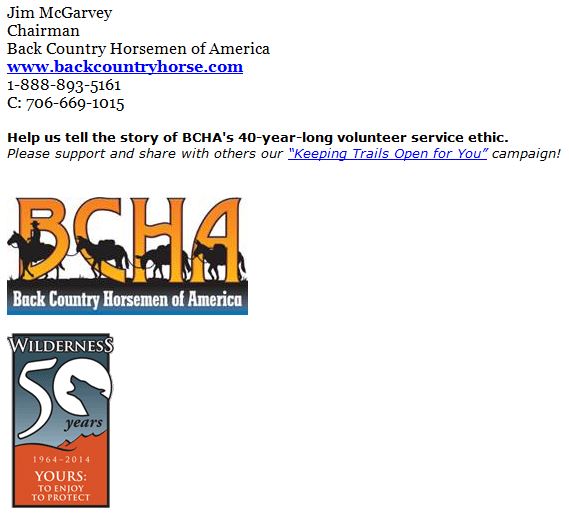
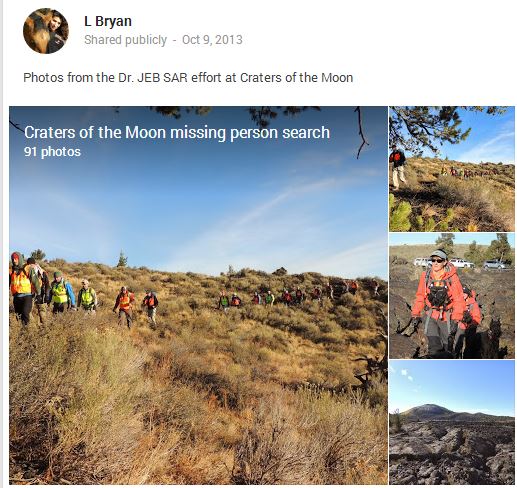
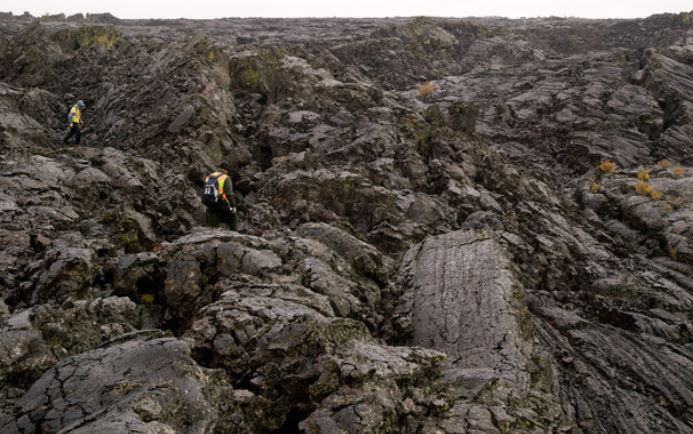
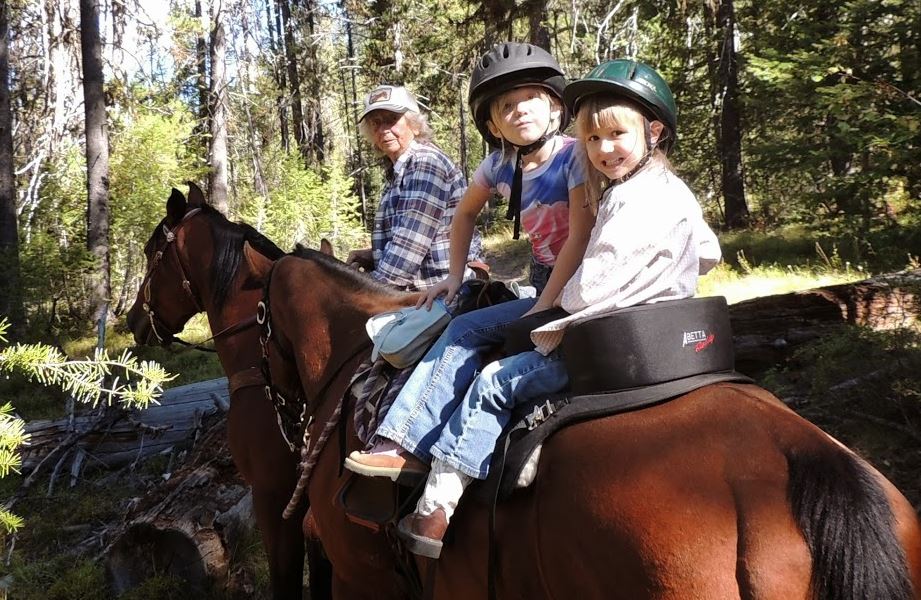
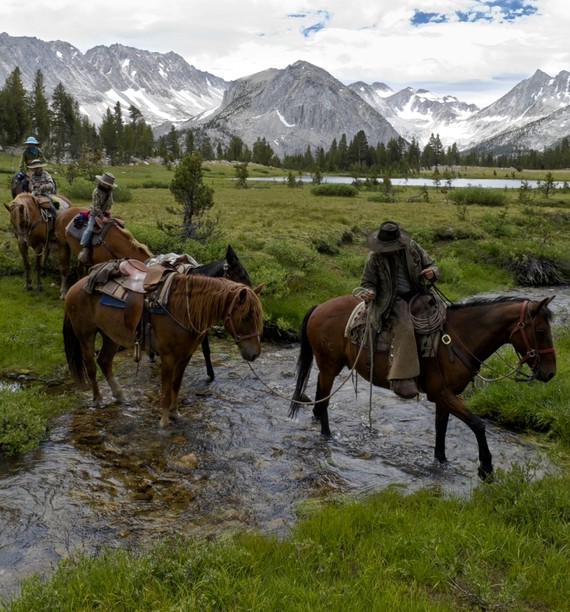
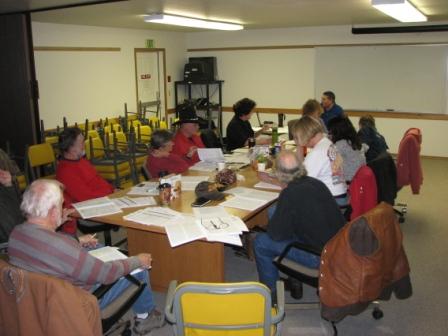
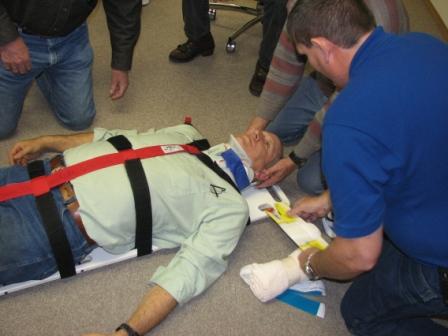 Types and severity of injury
Types and severity of injury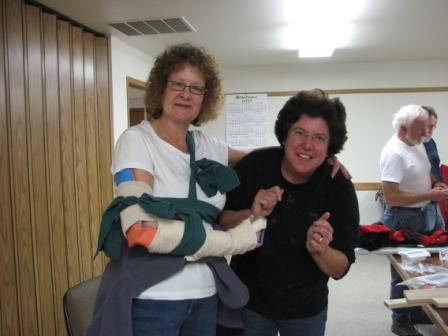 Riding in the Back Country
Riding in the Back Country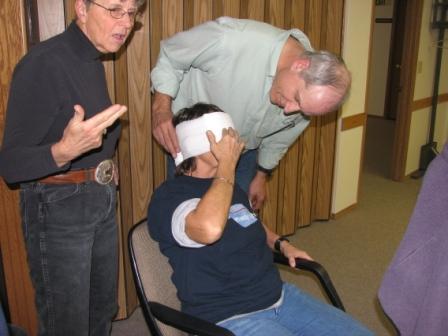 The course combined class room lectures and hands on training, with a heavy emphasis on what to do in typical situations that back country riders are likely to encounter in Idaho.
The course combined class room lectures and hands on training, with a heavy emphasis on what to do in typical situations that back country riders are likely to encounter in Idaho.